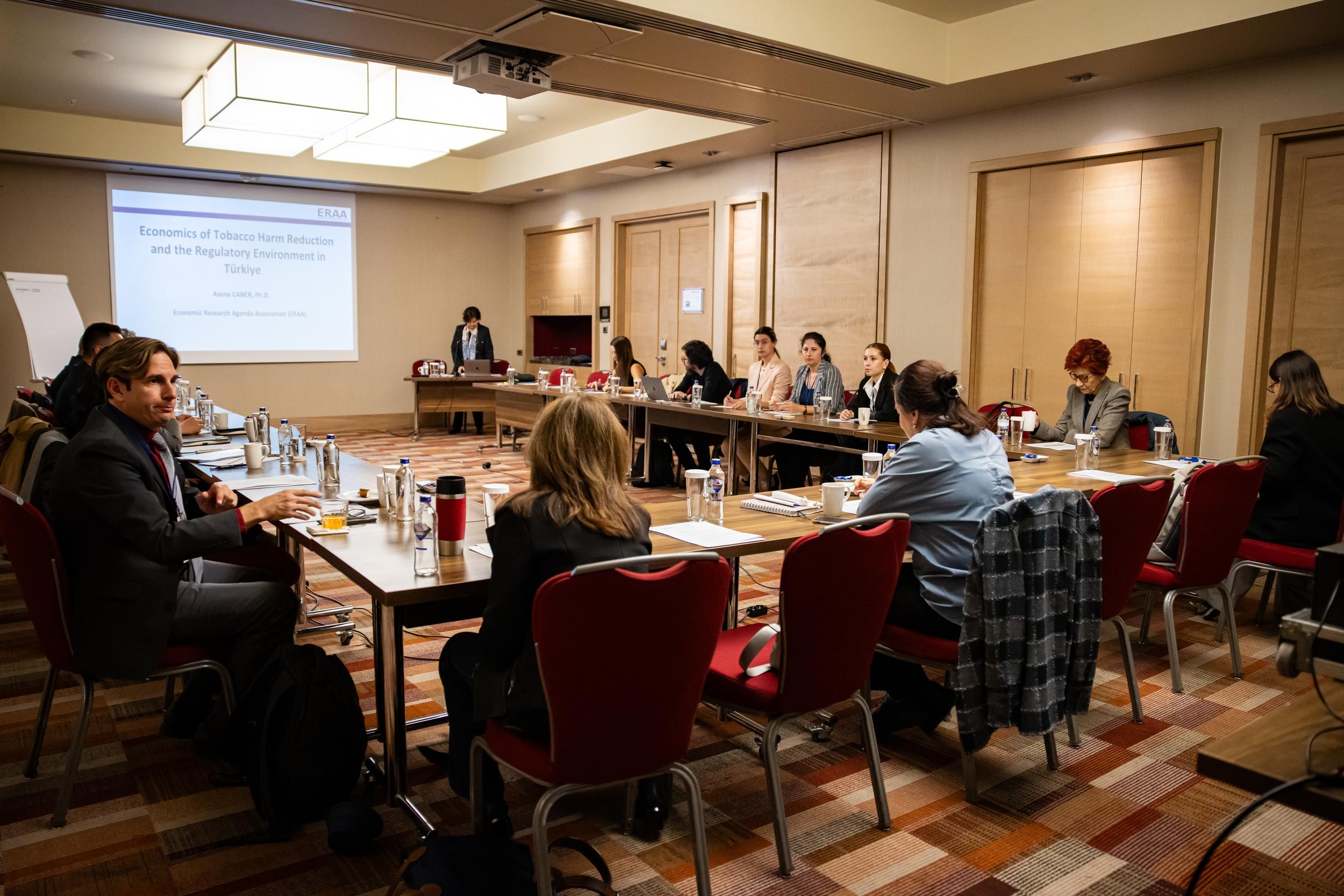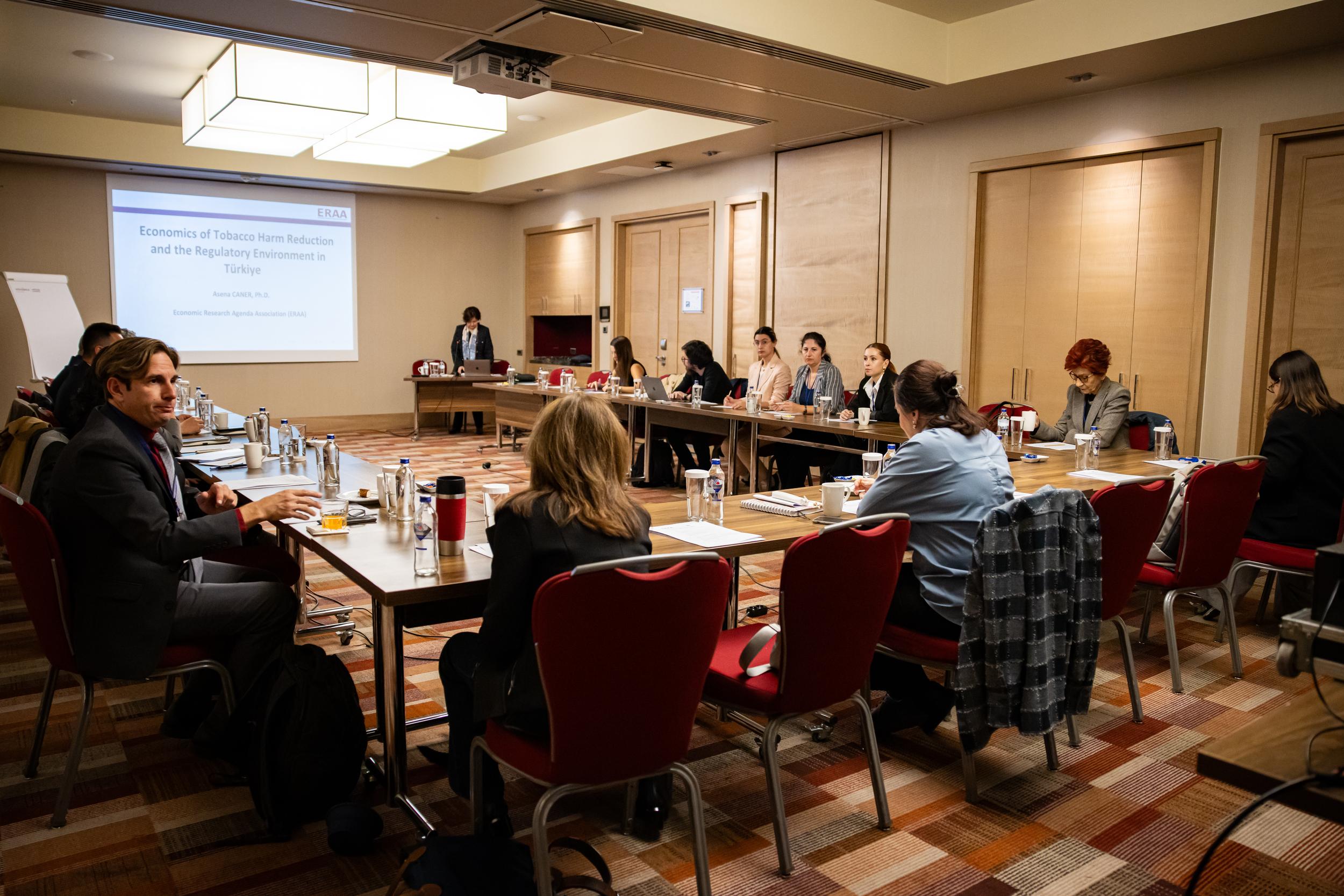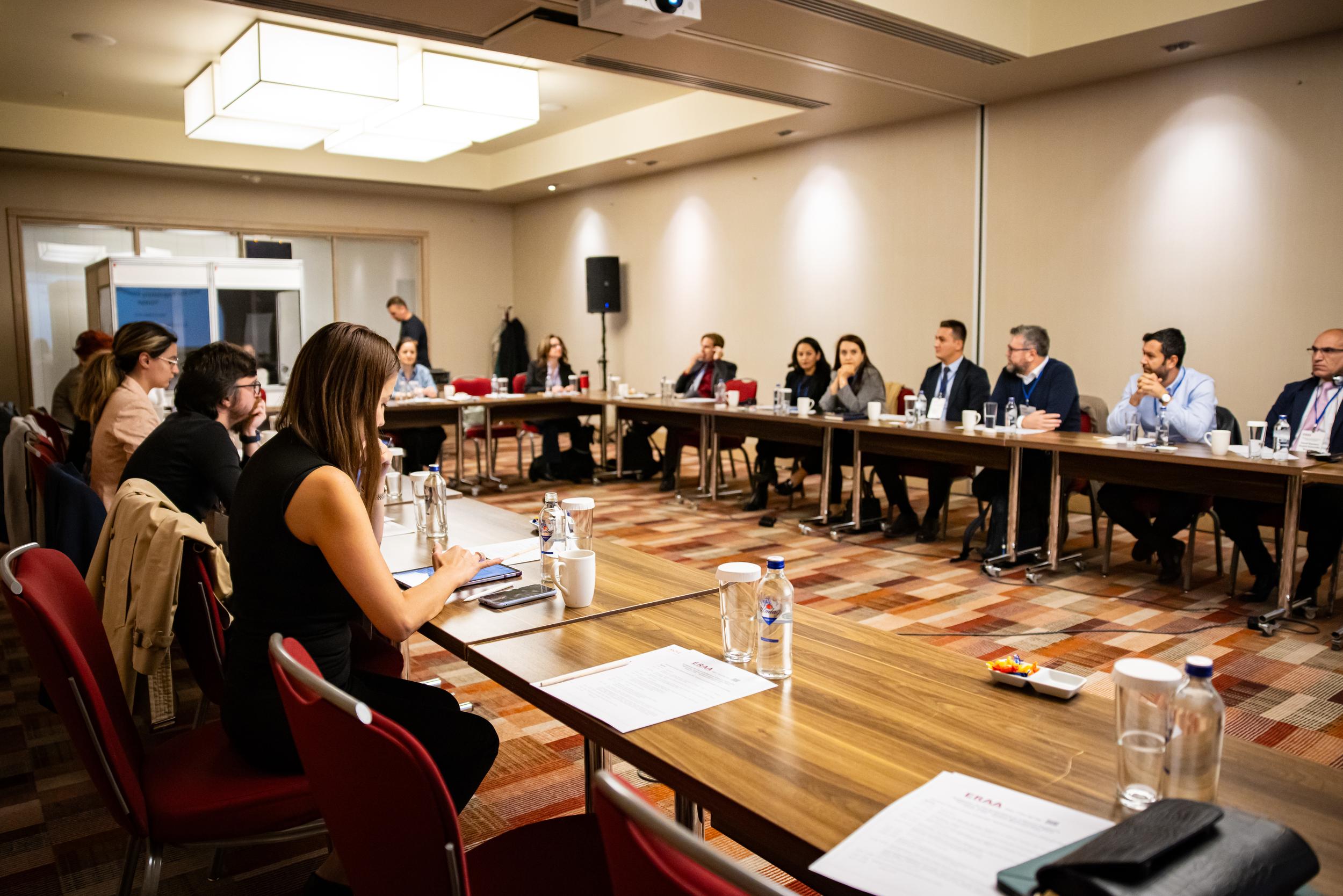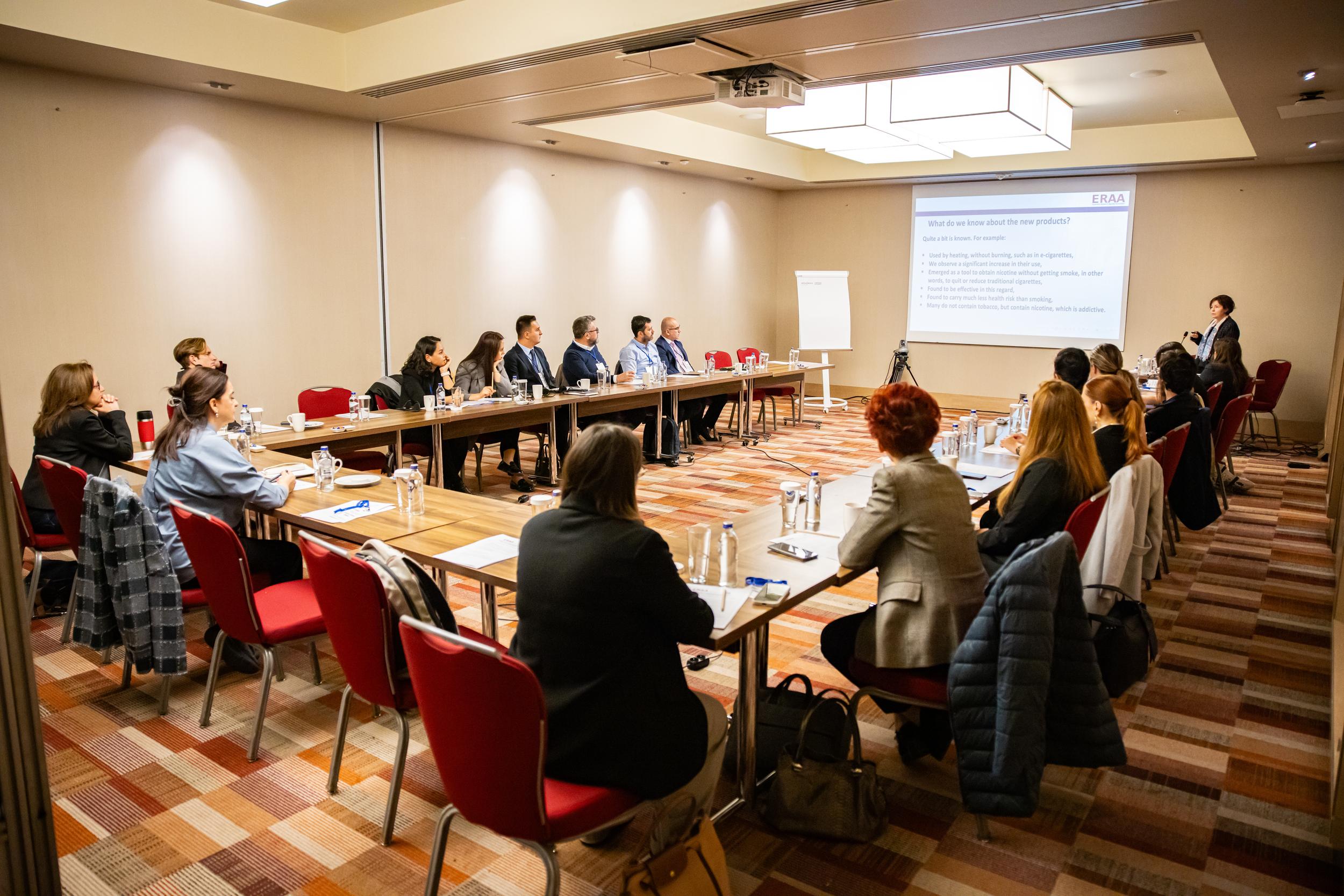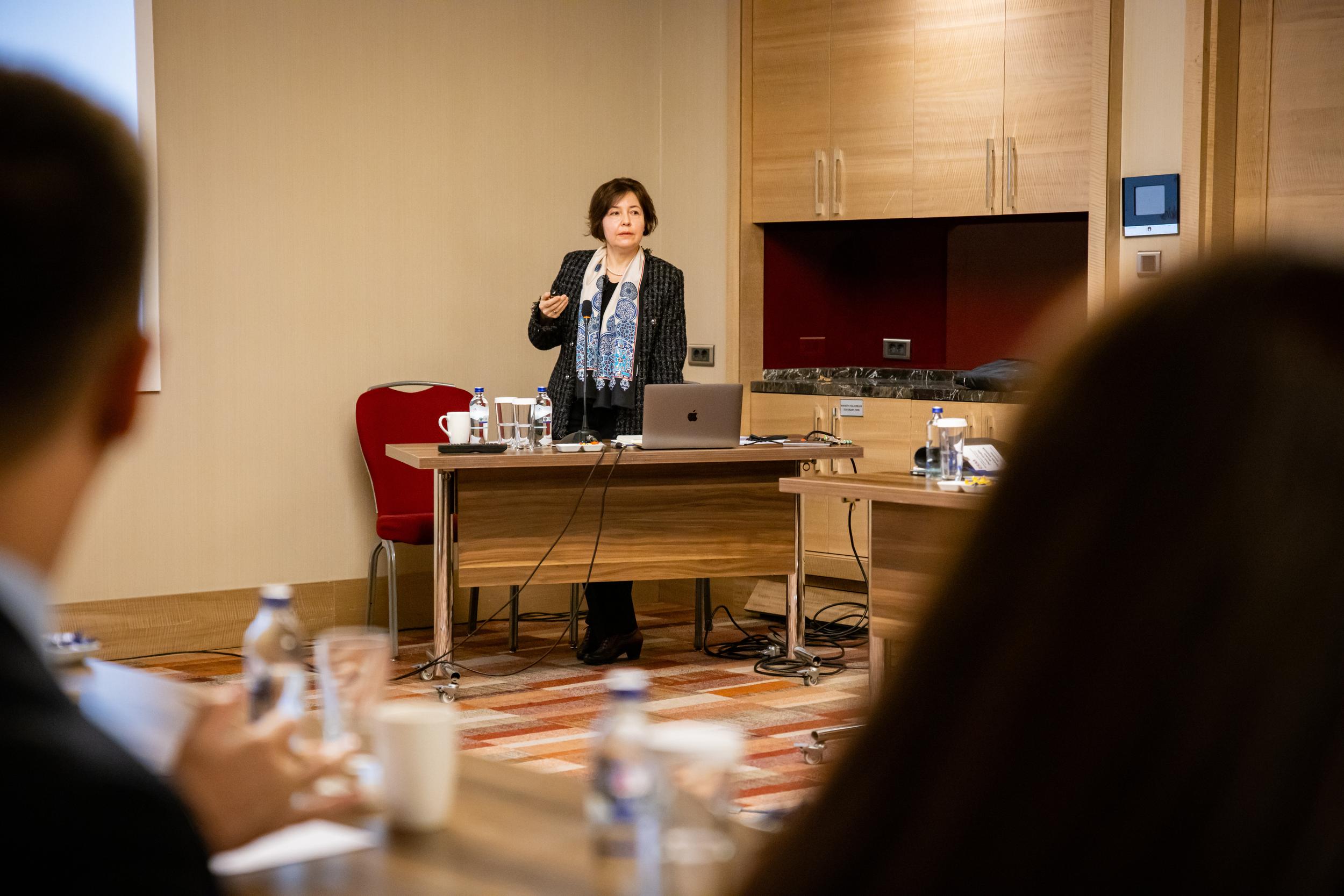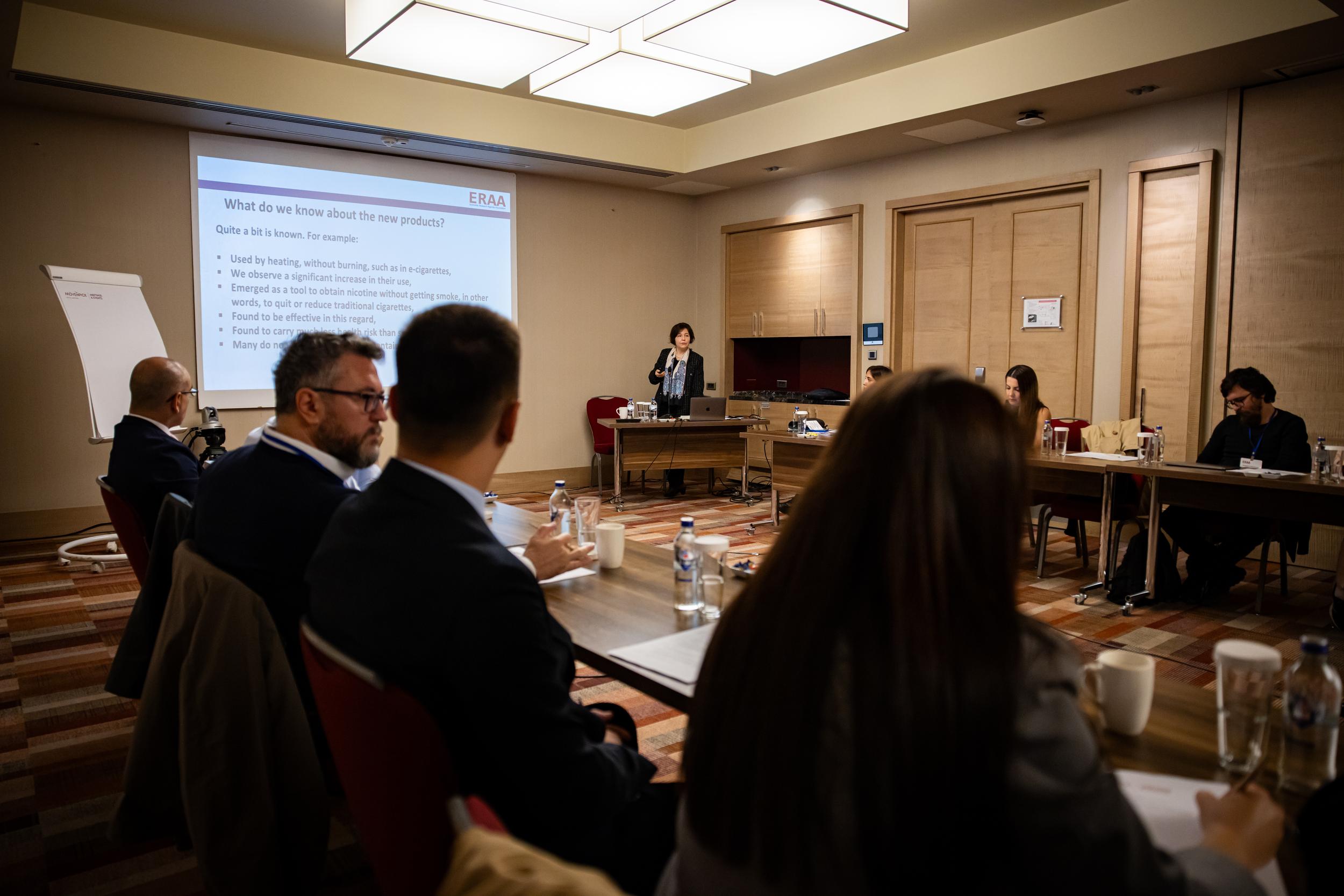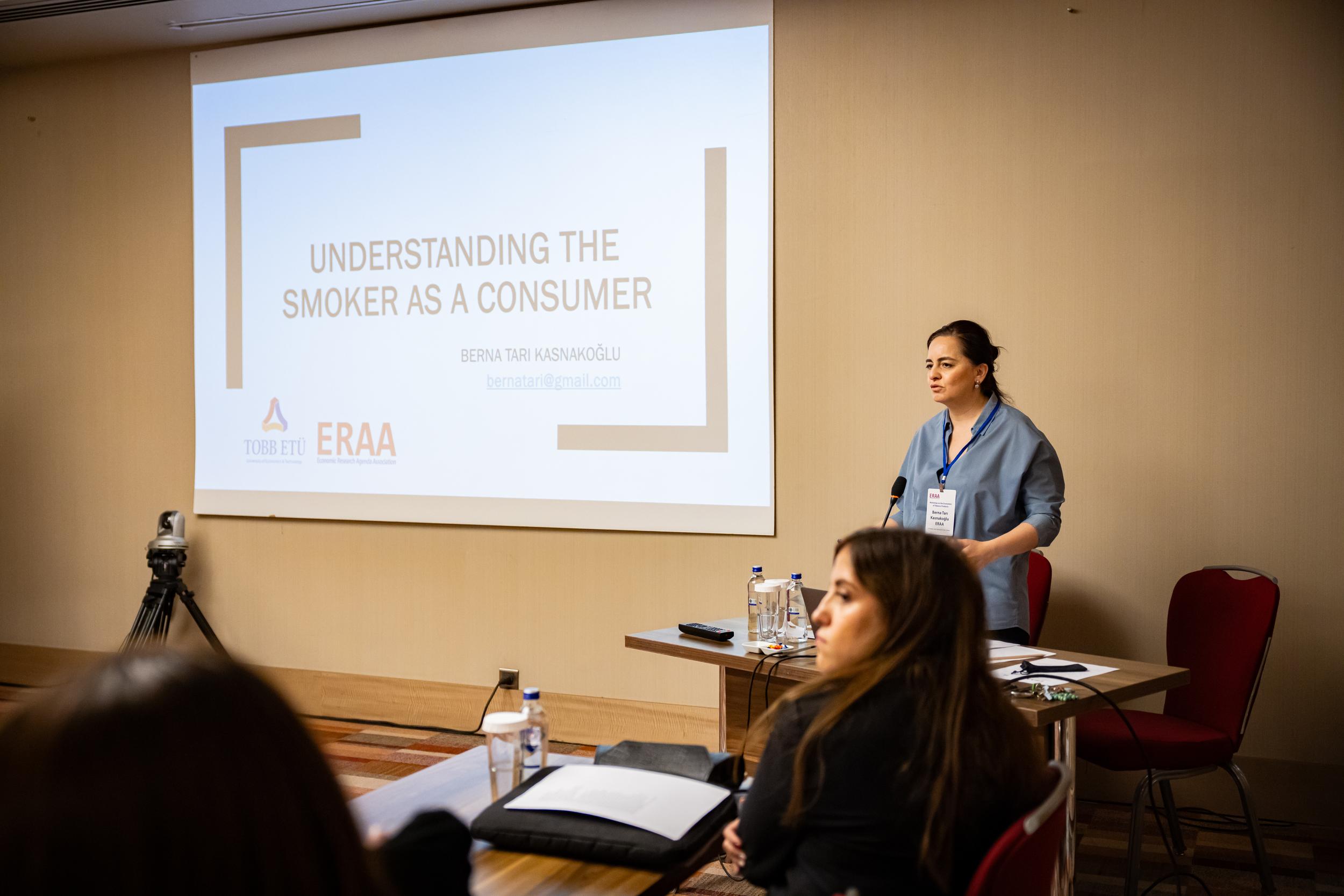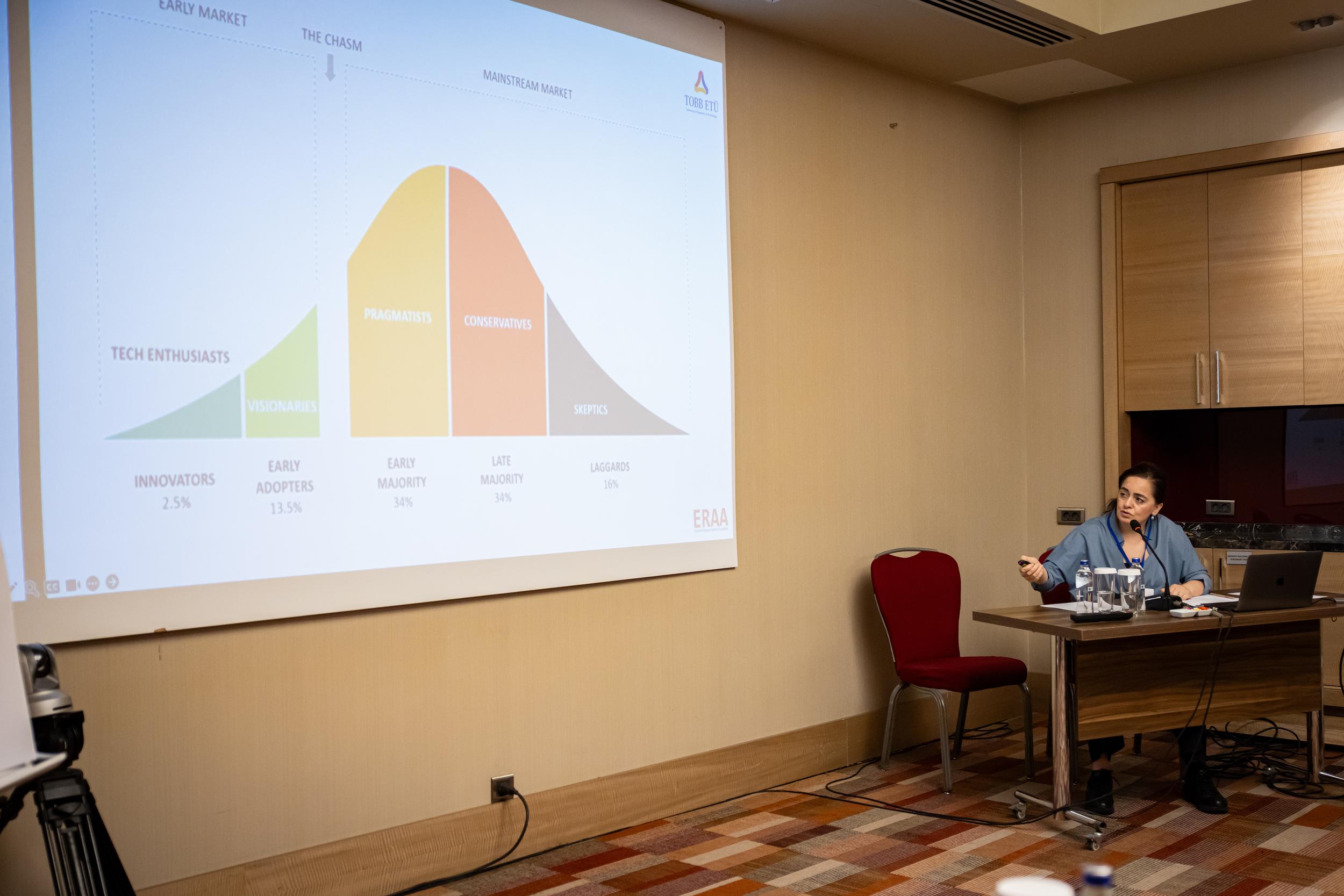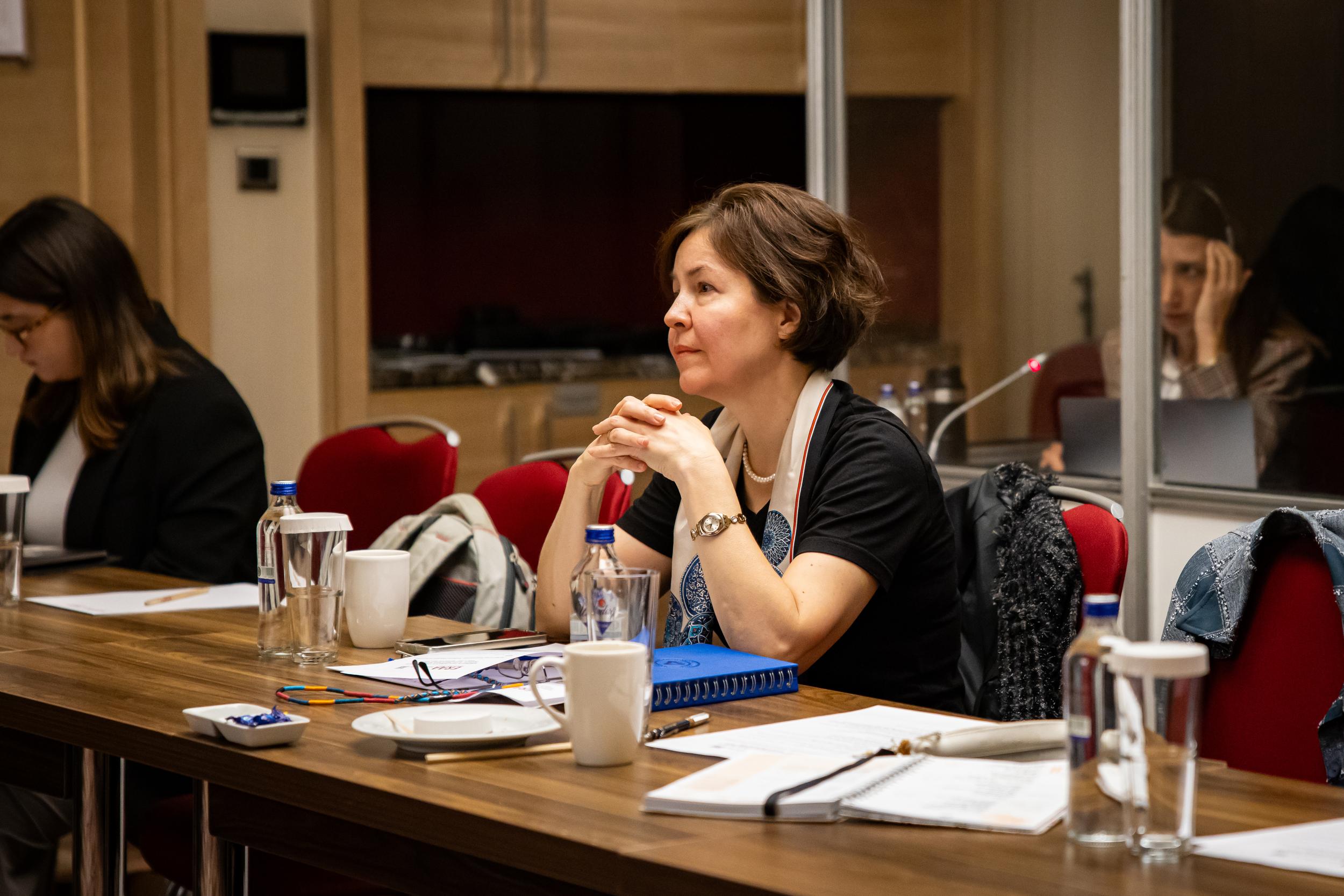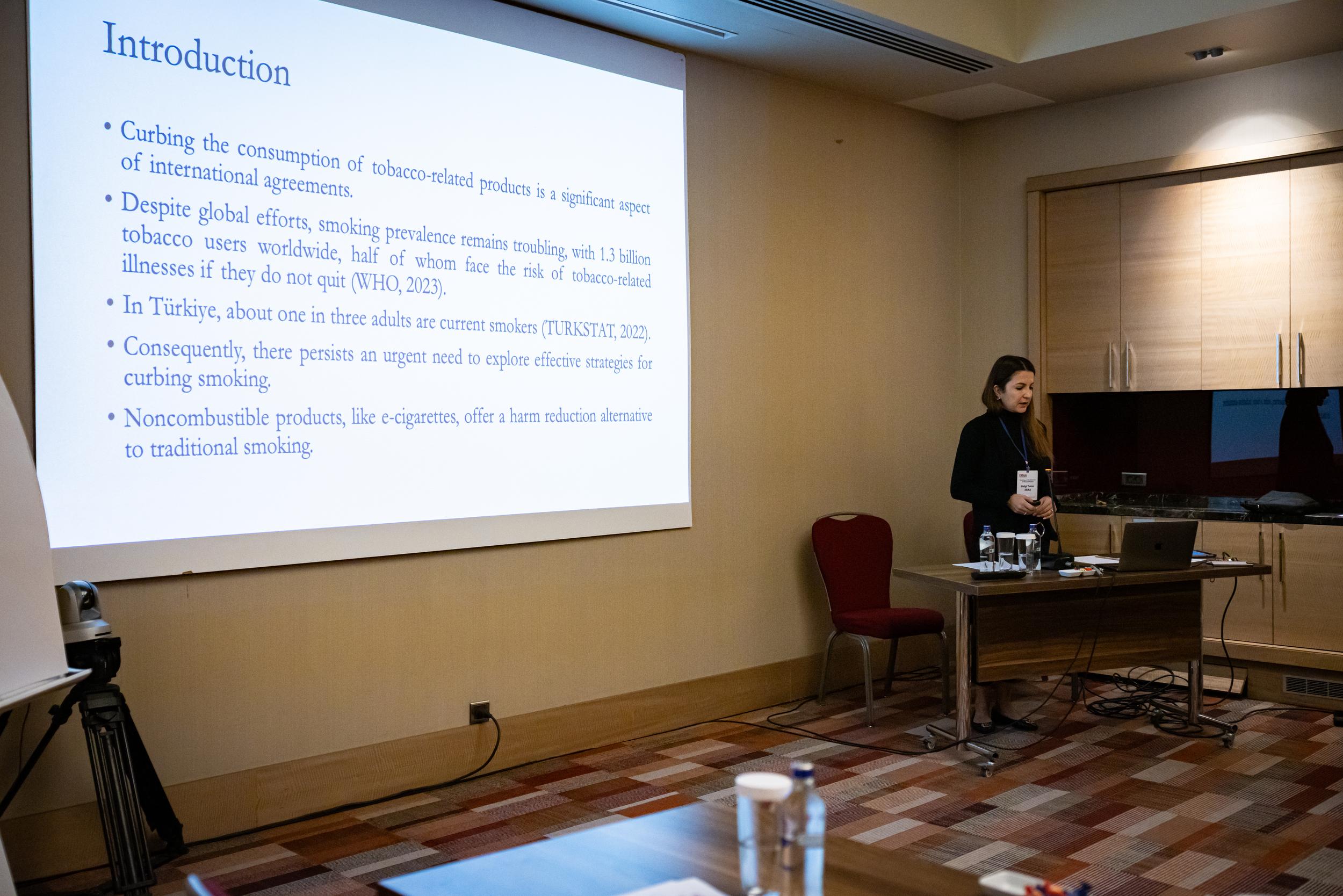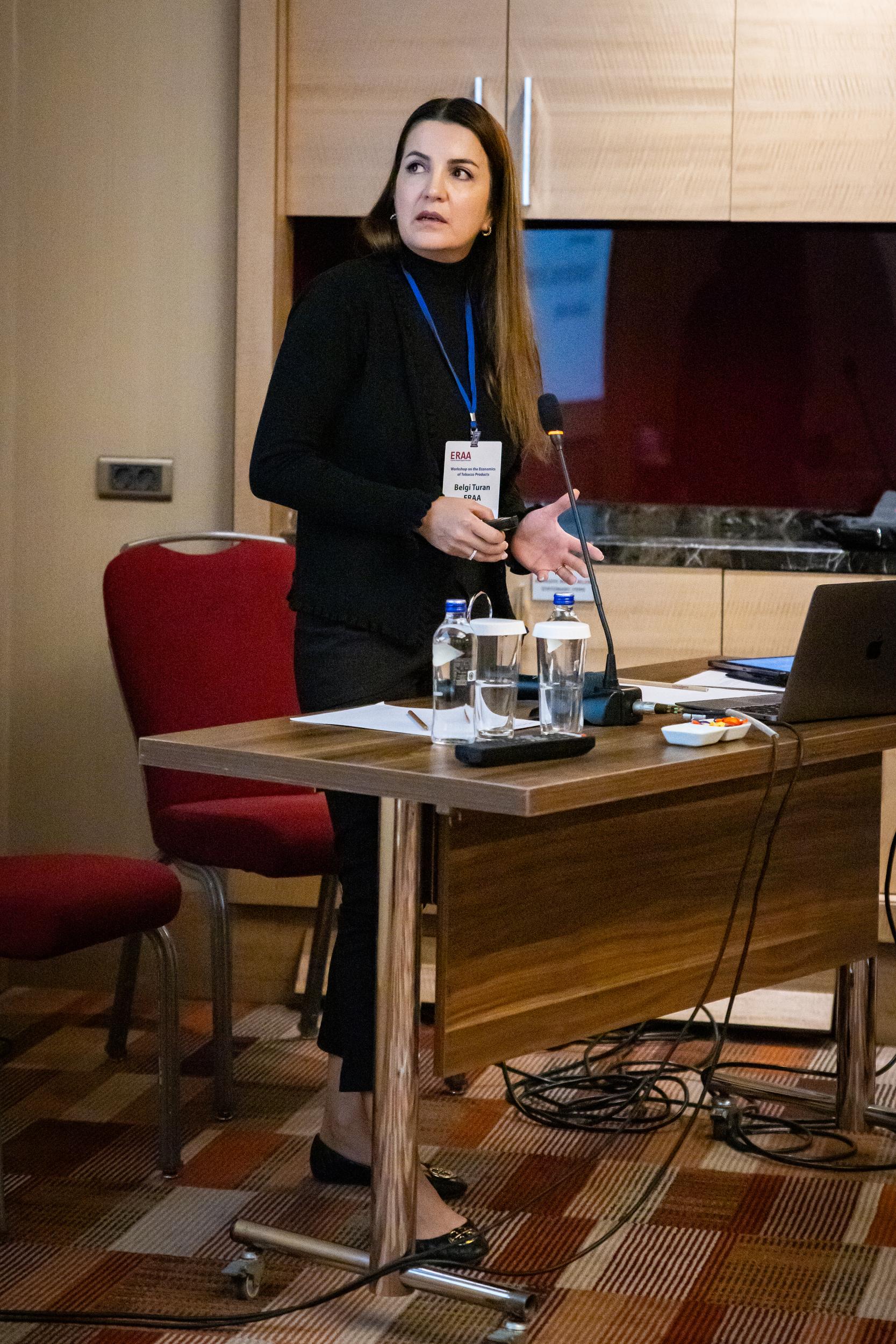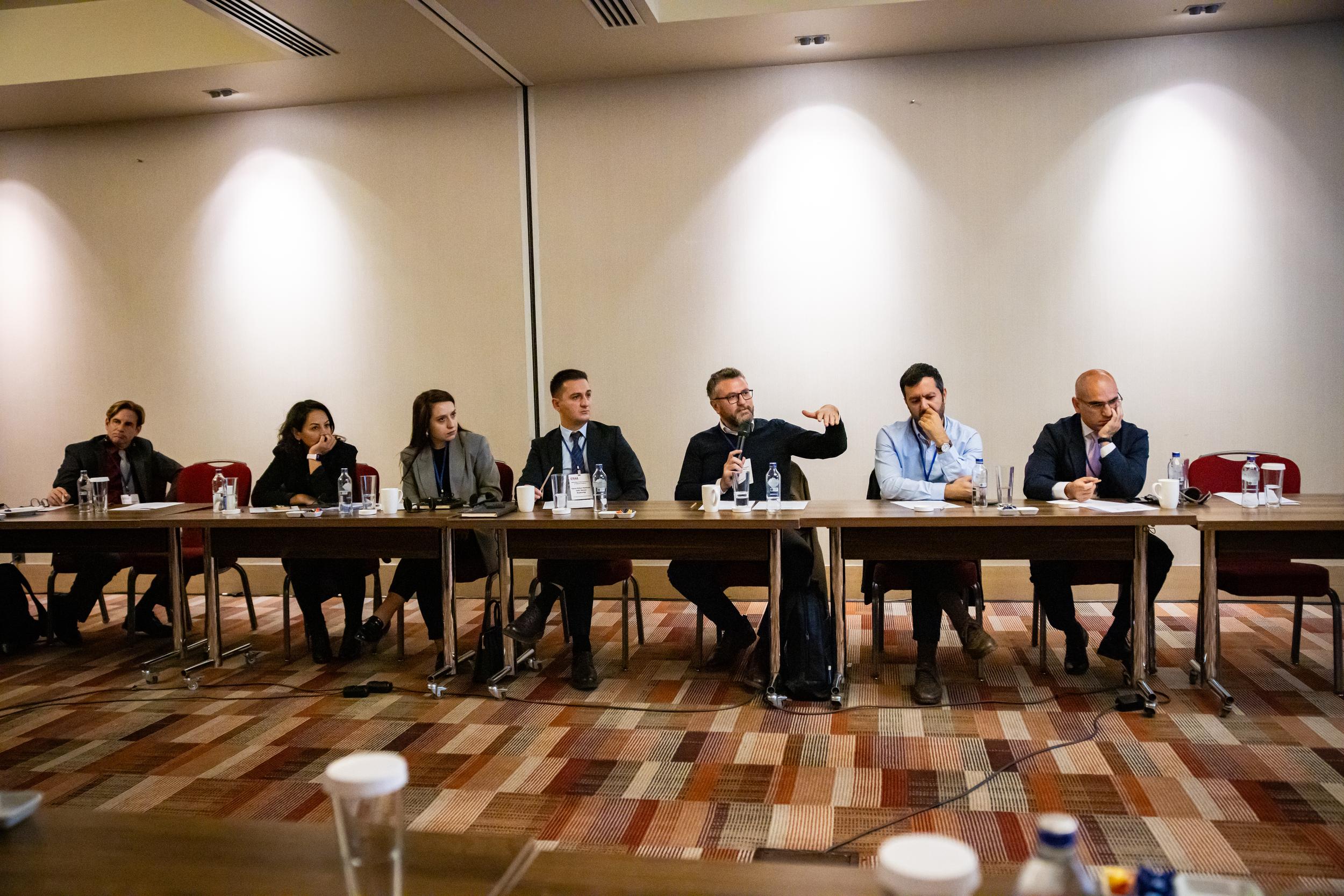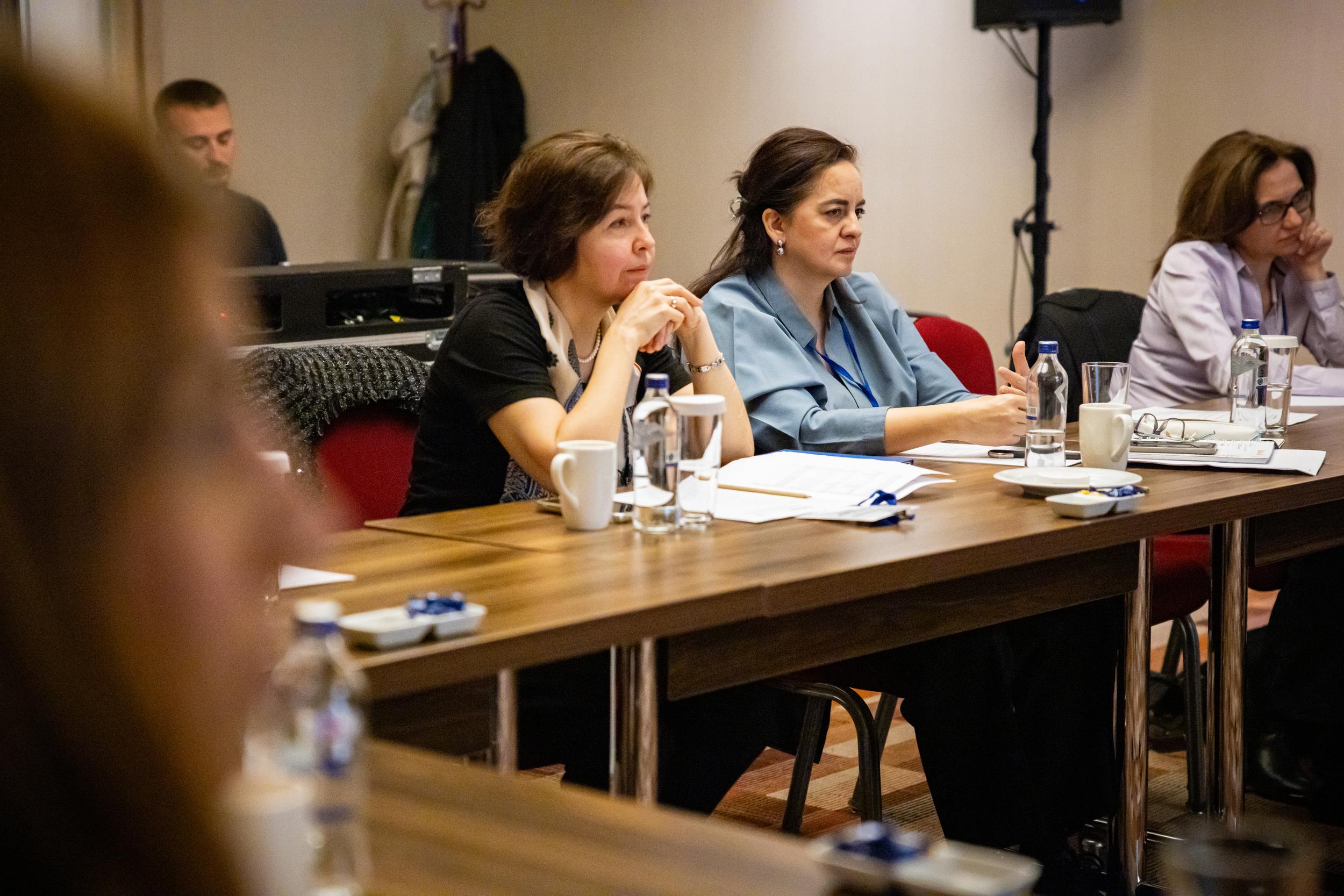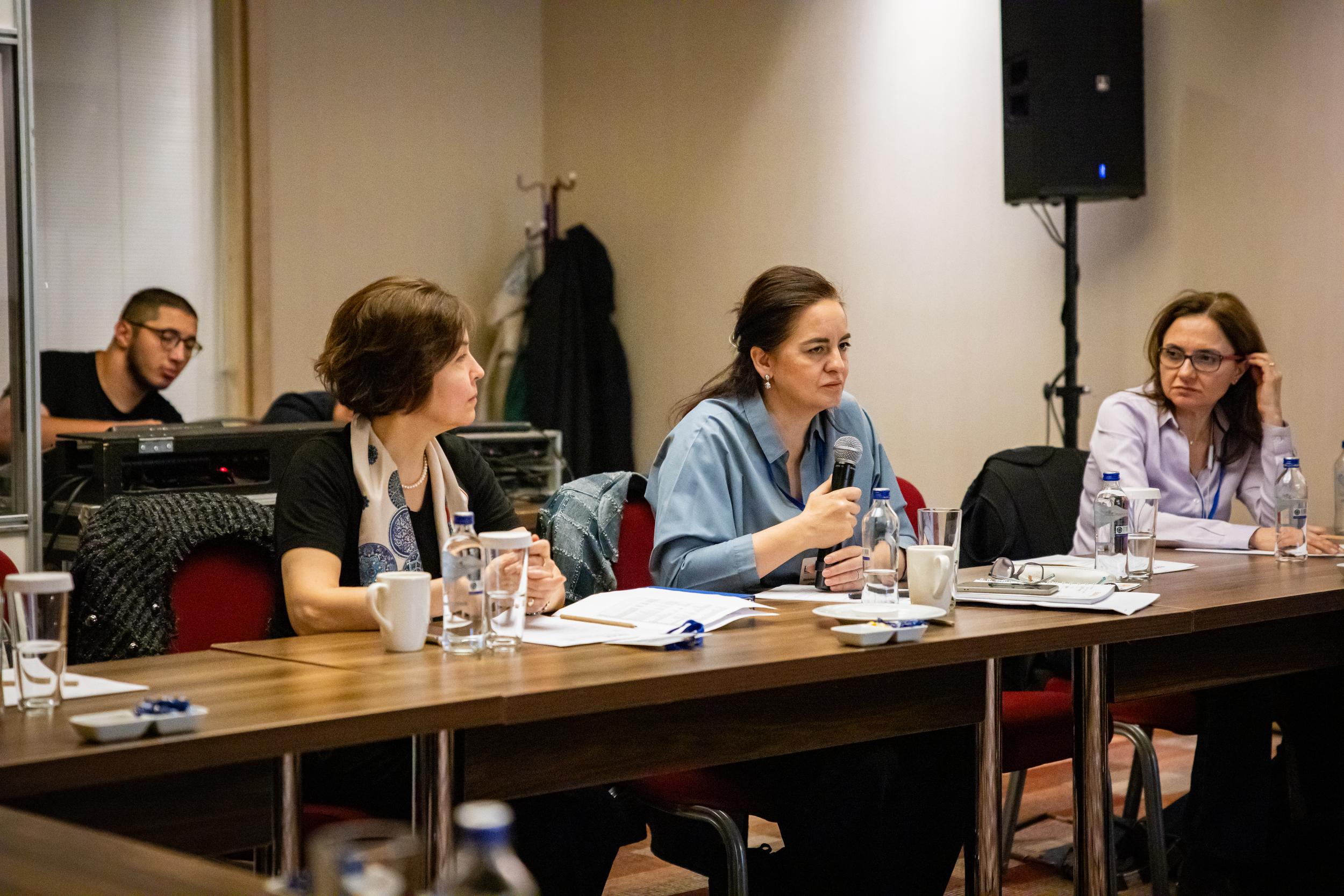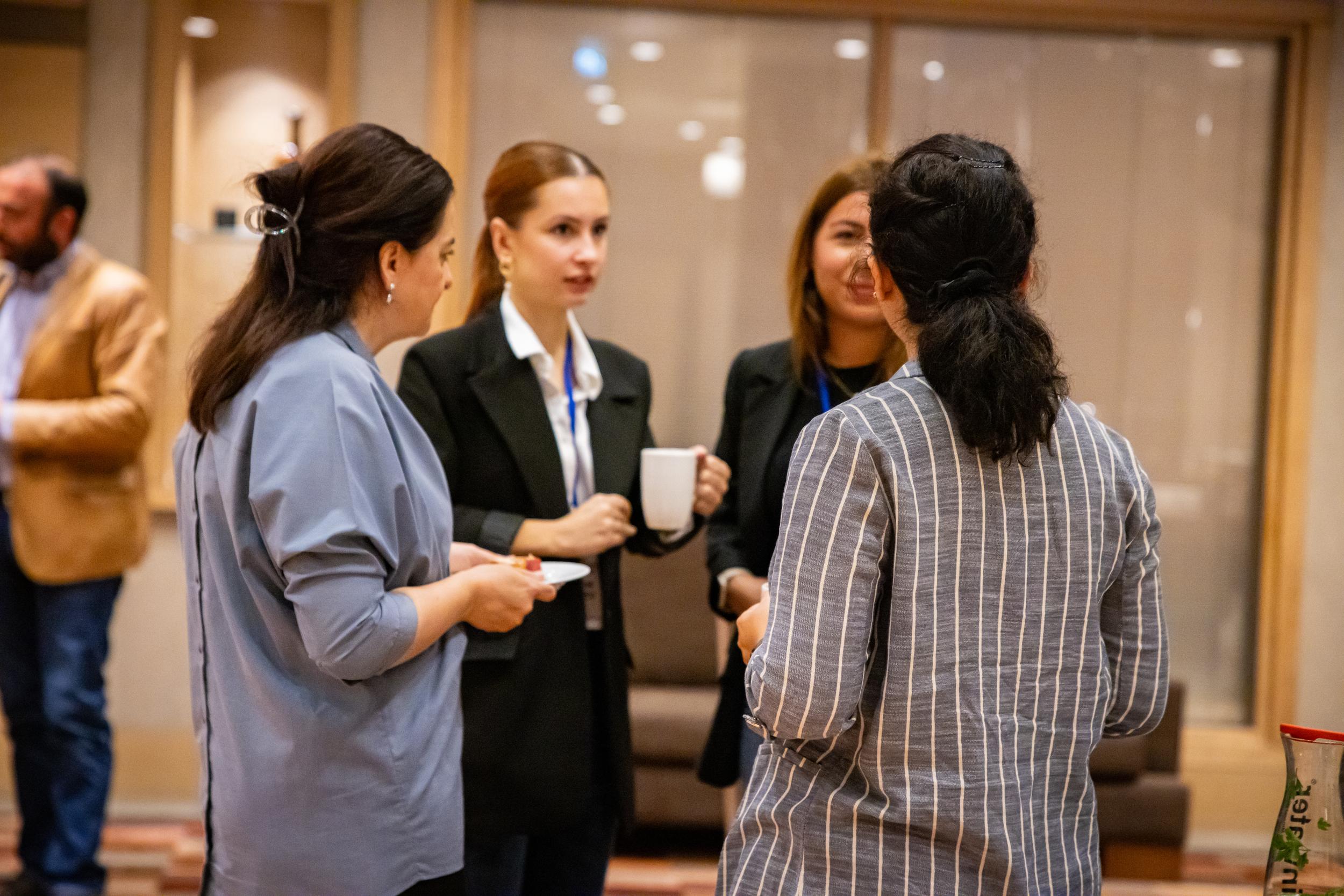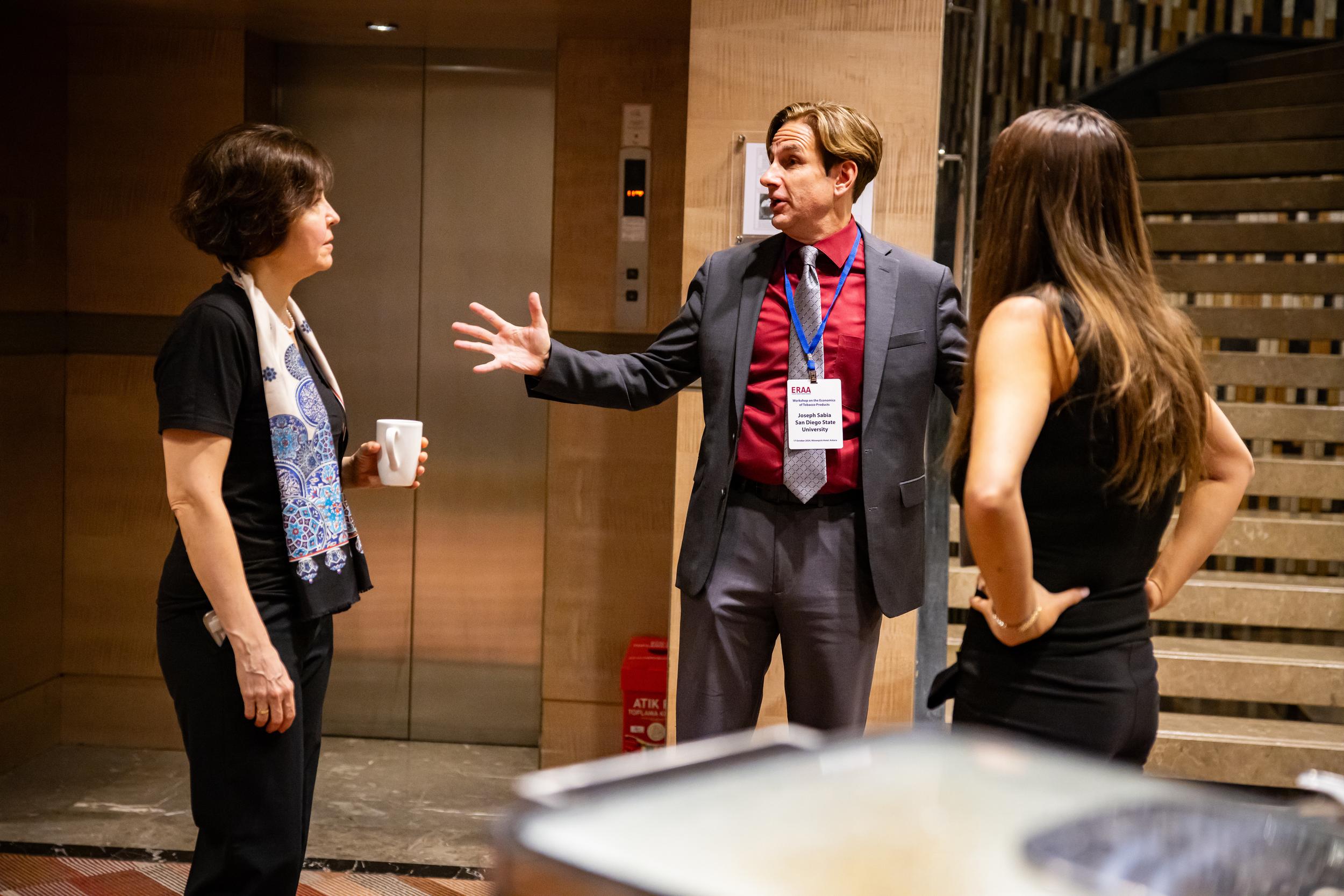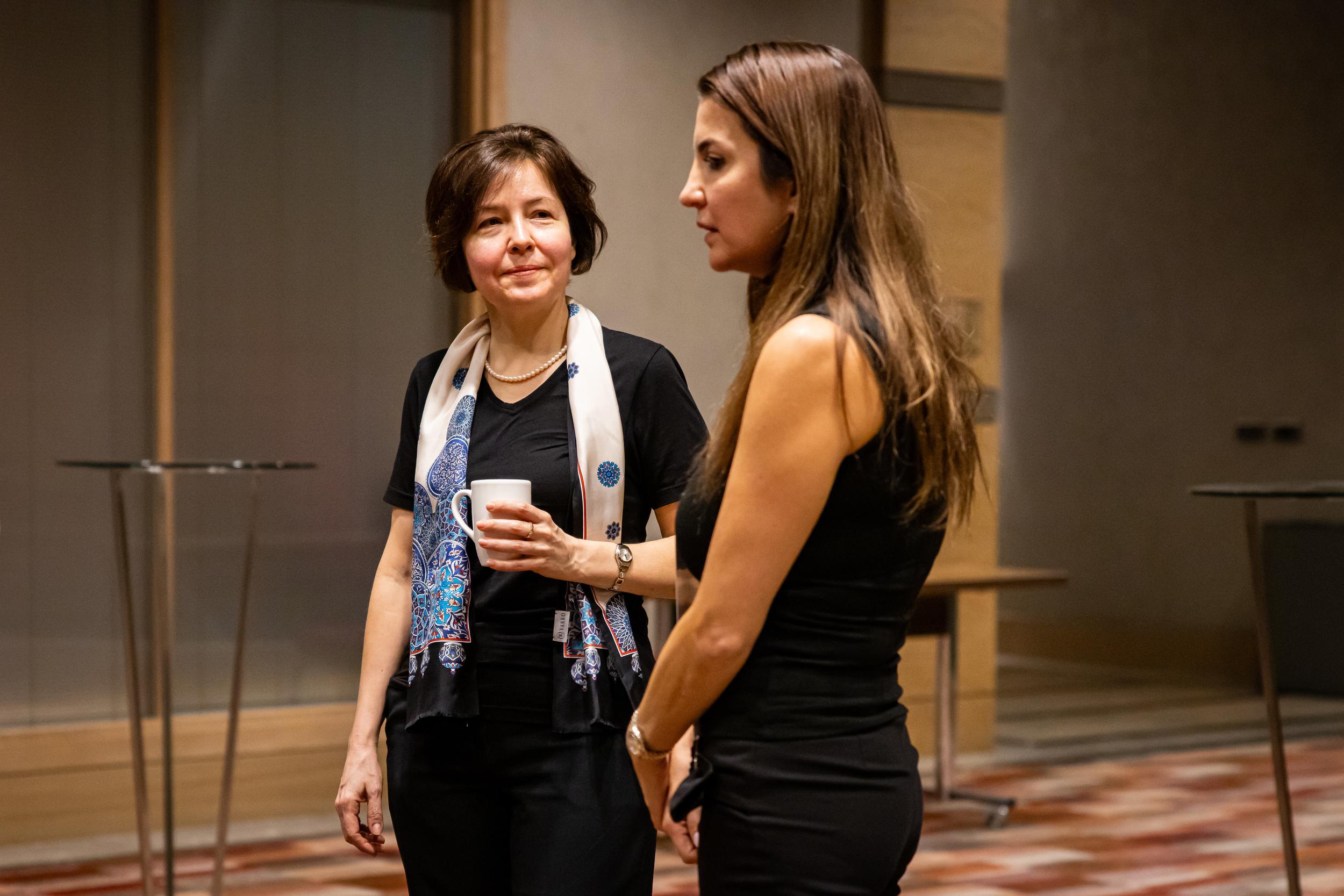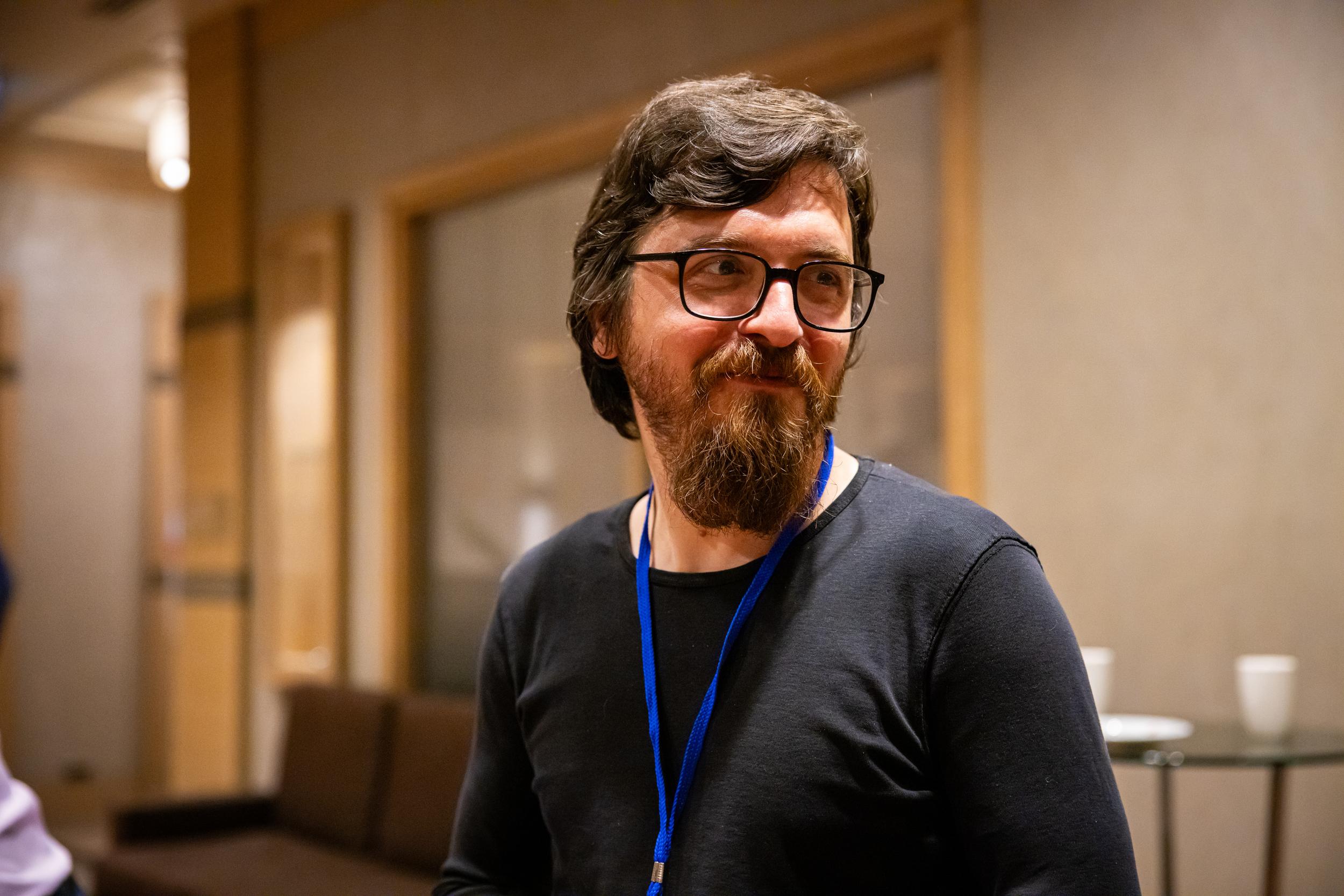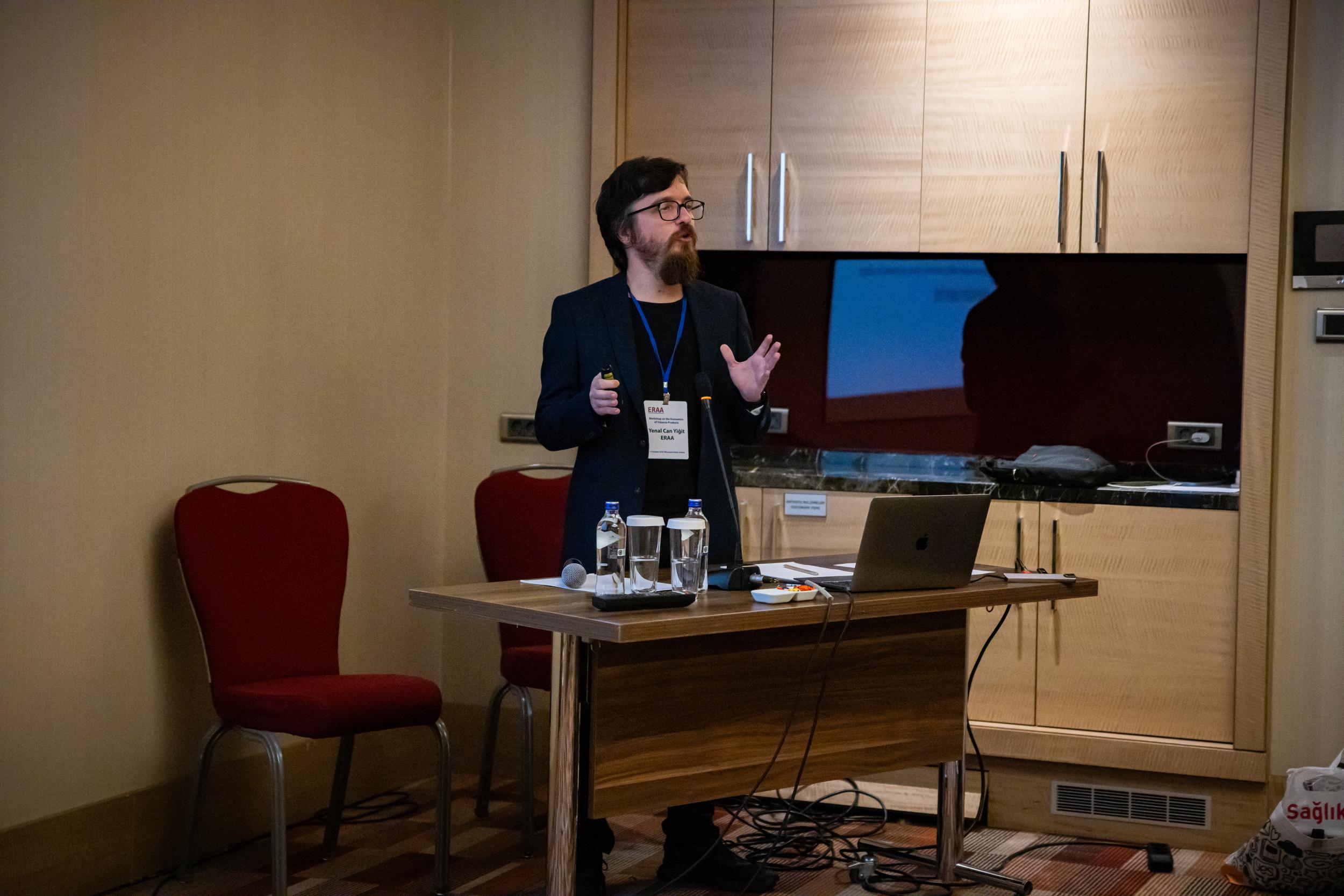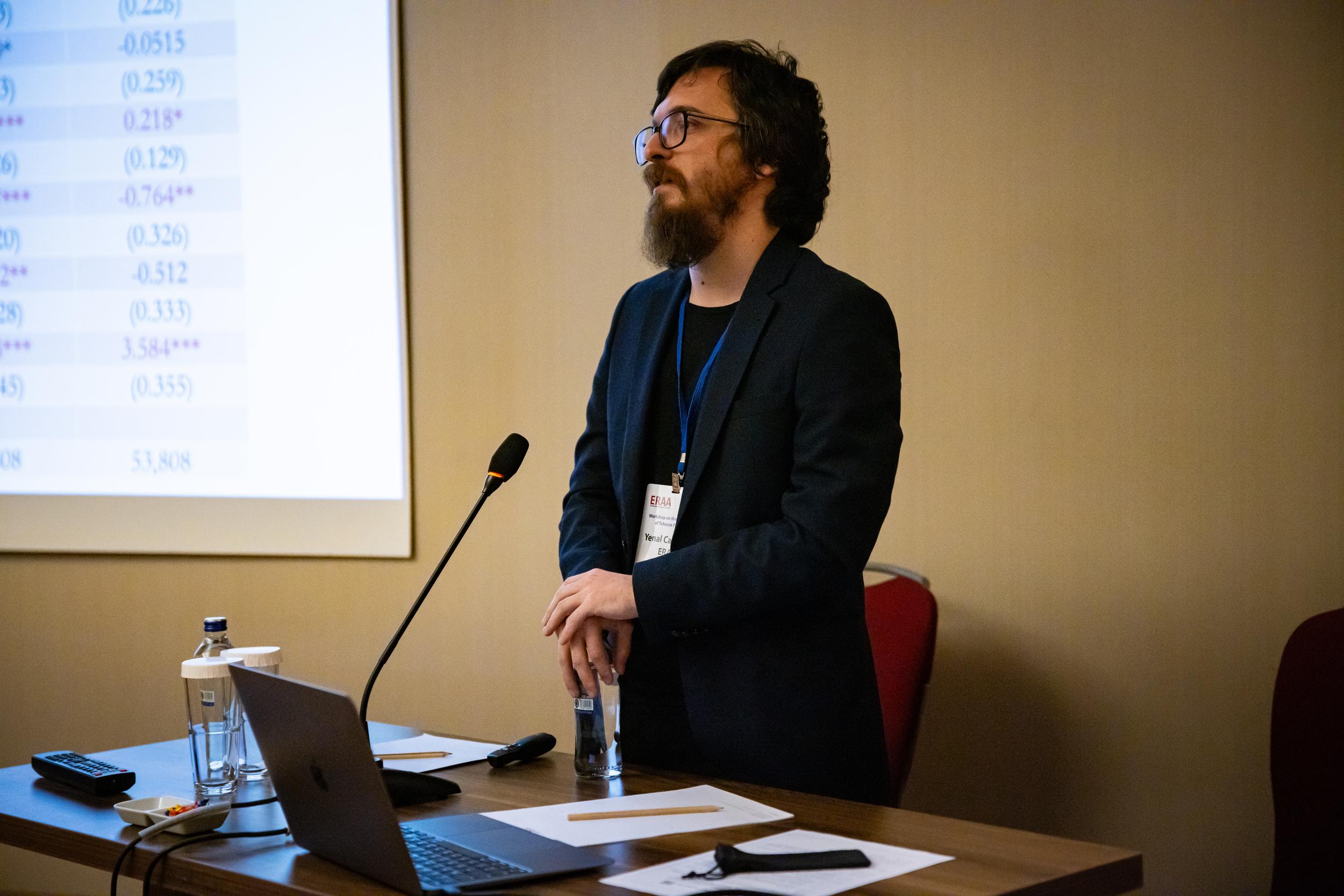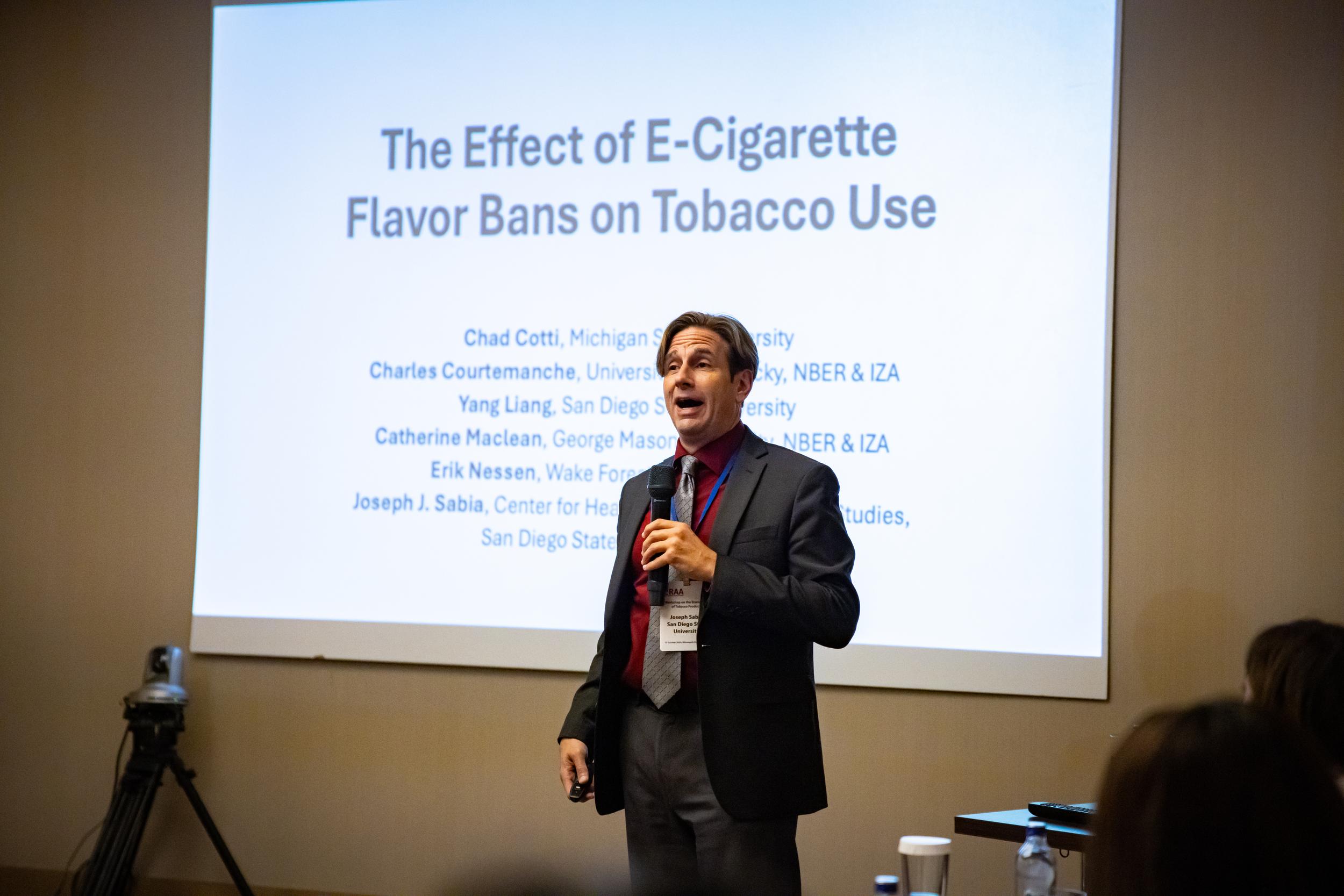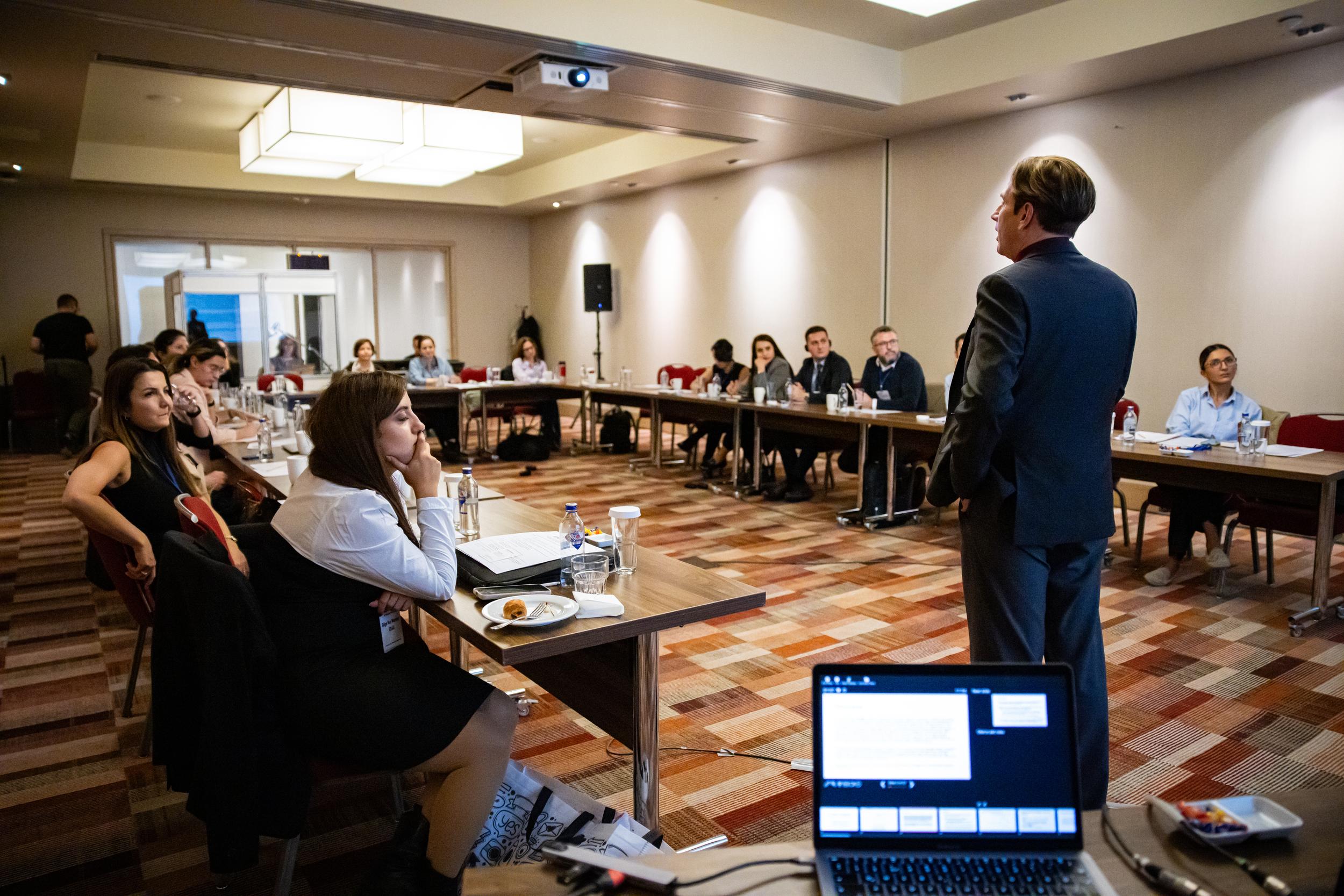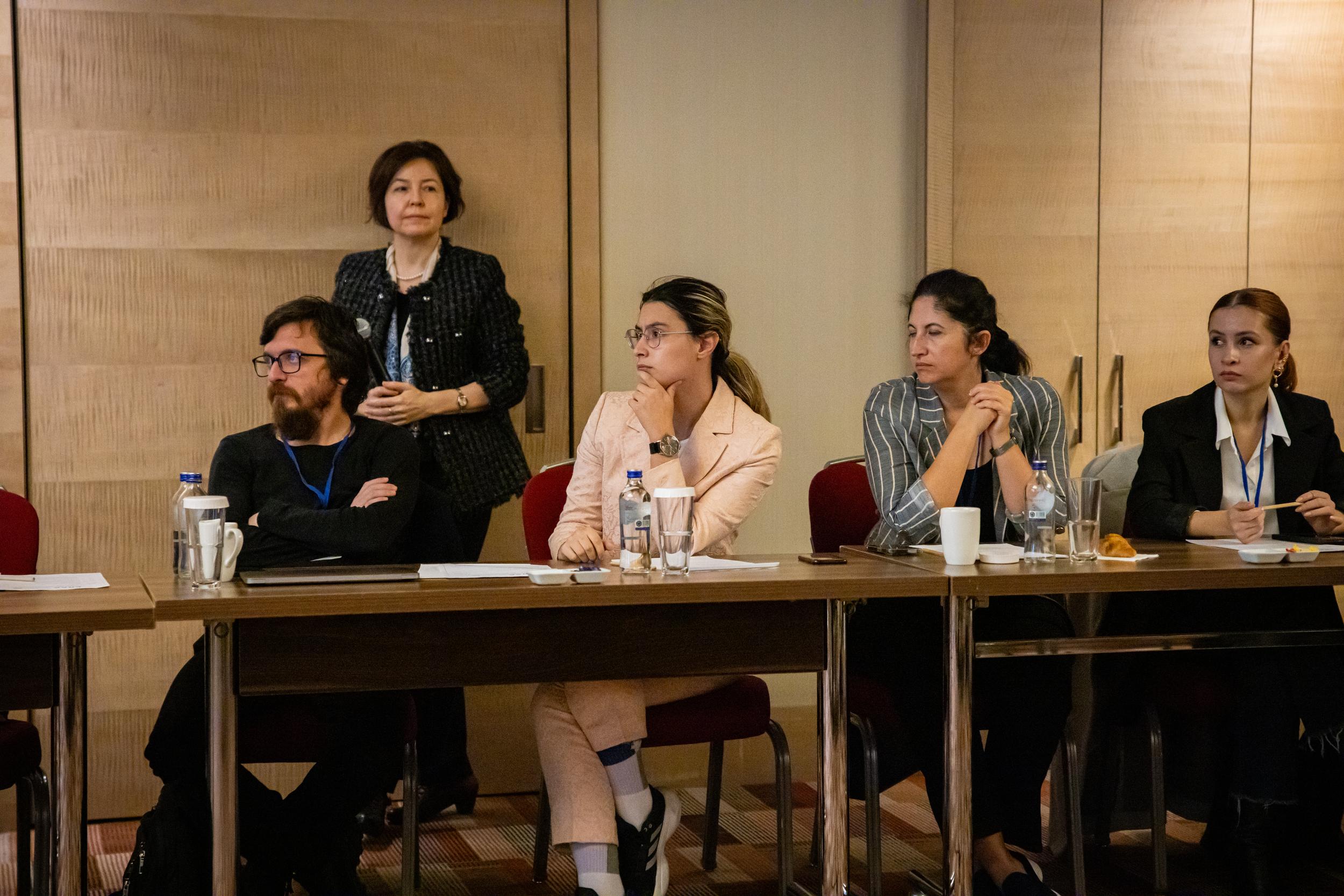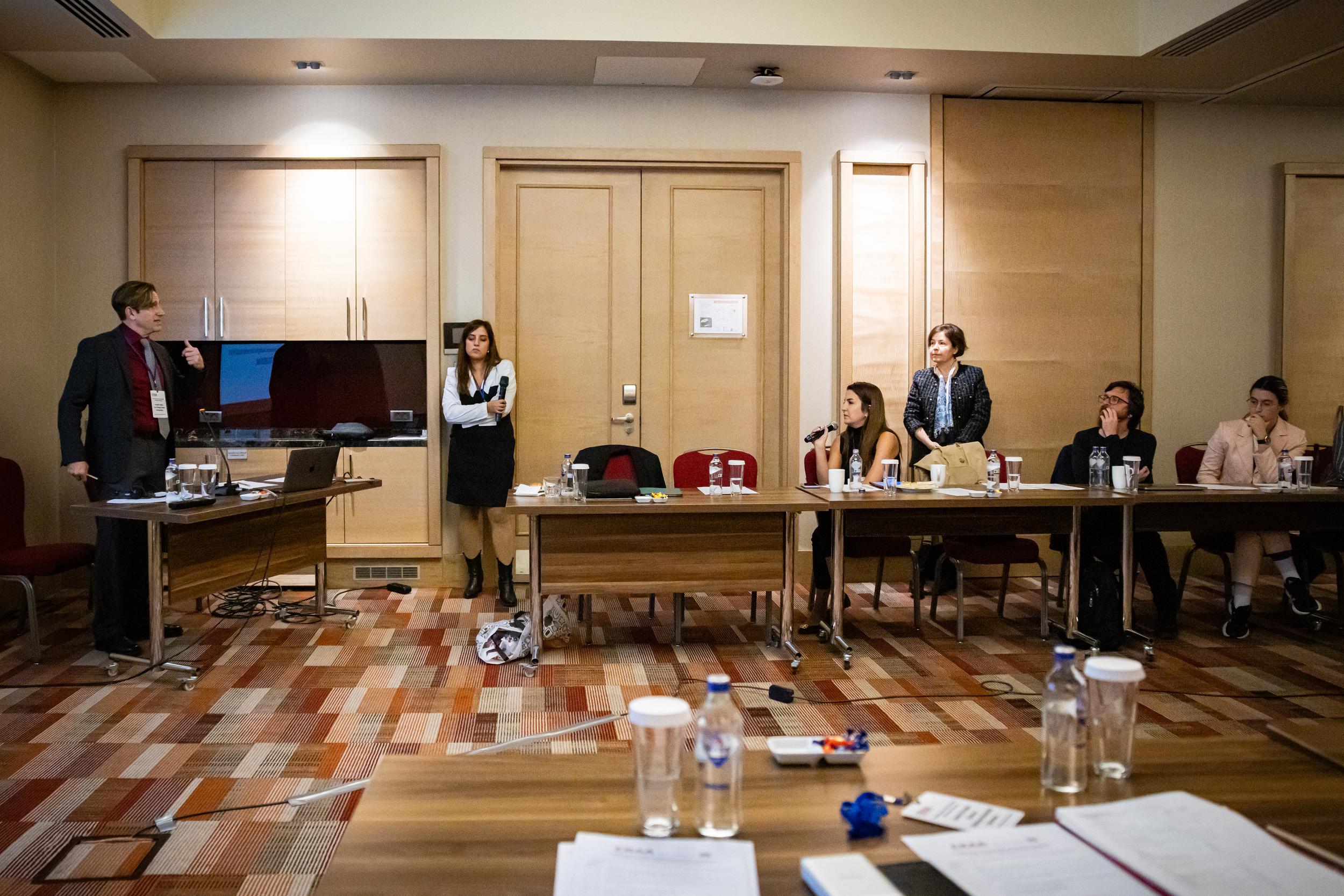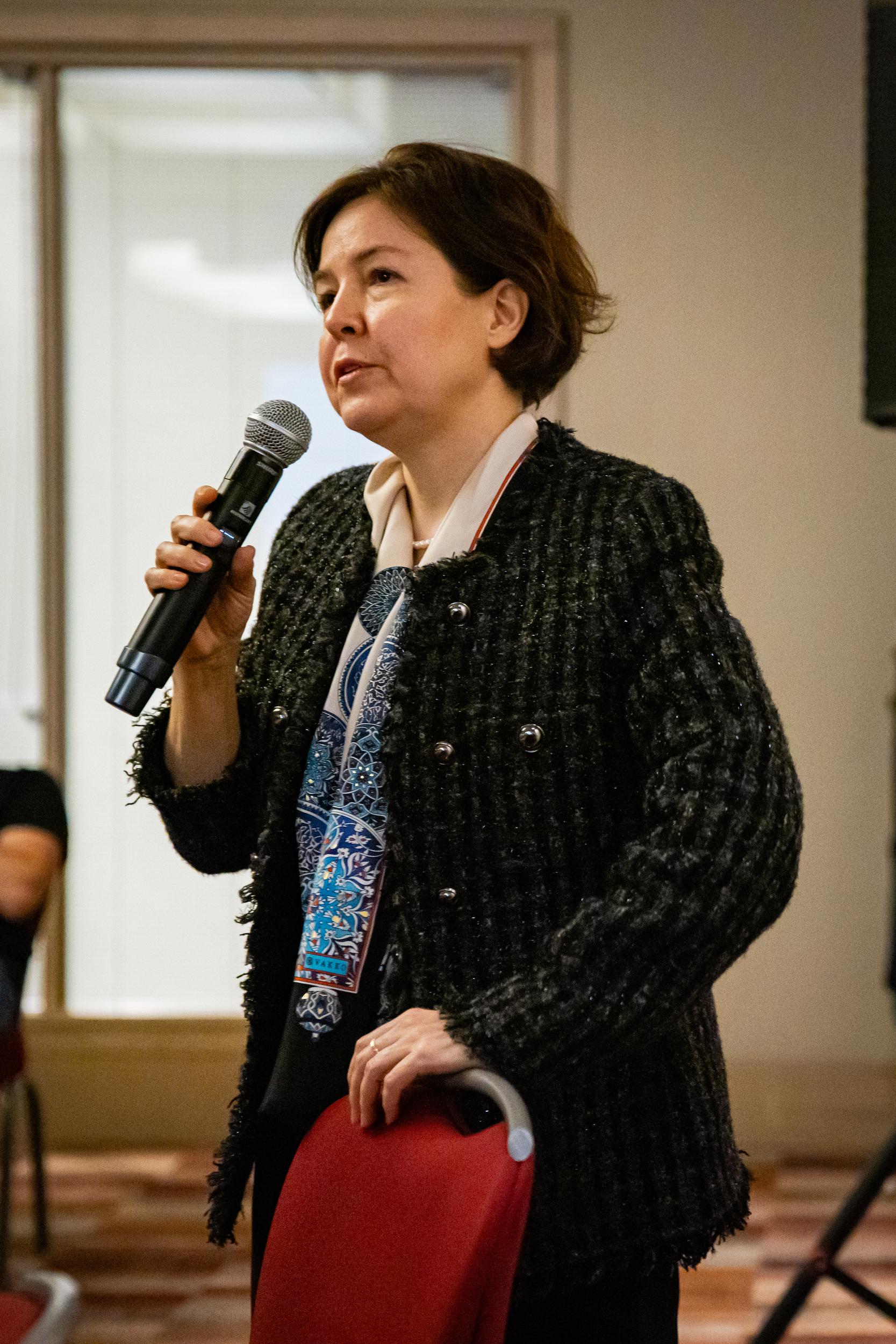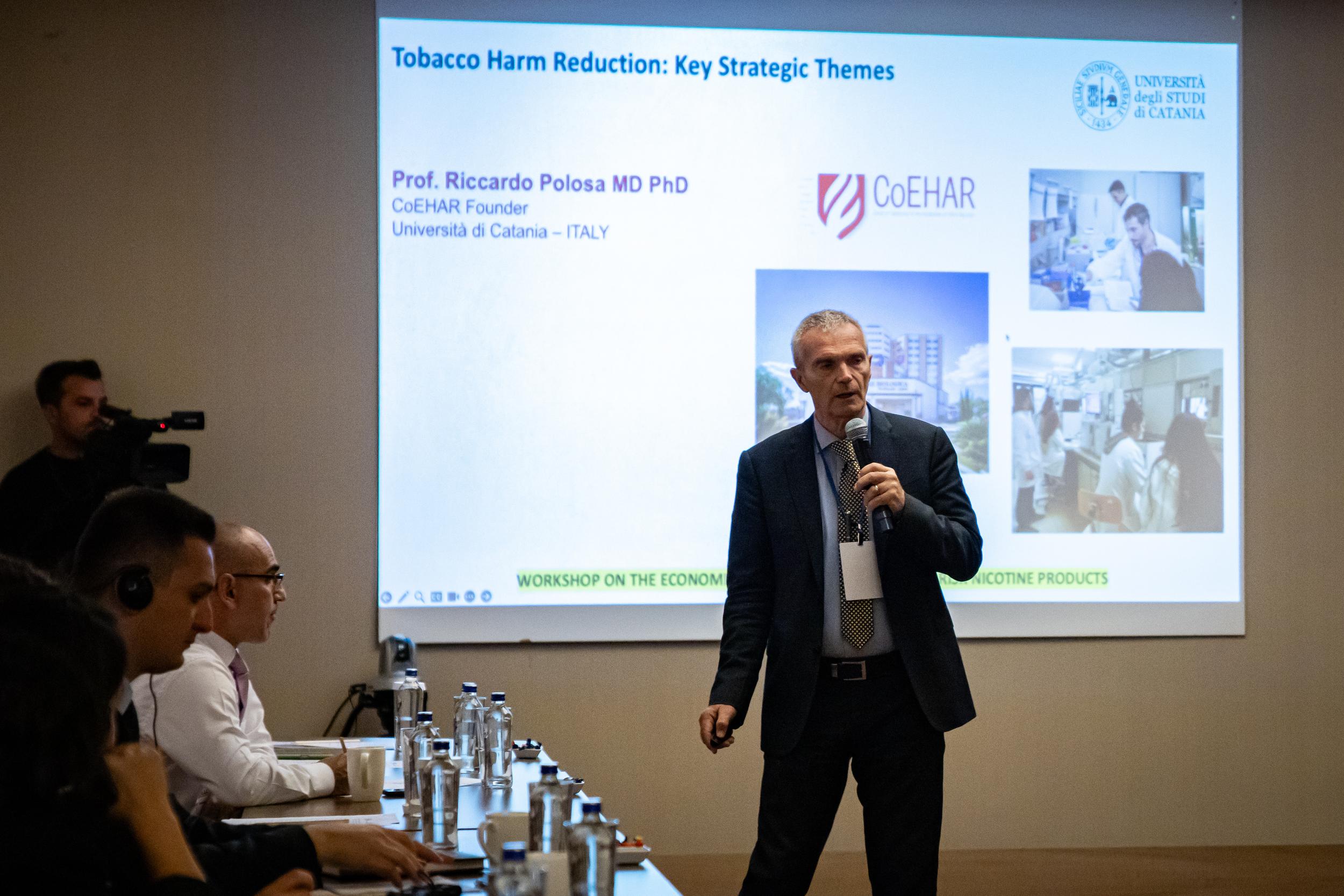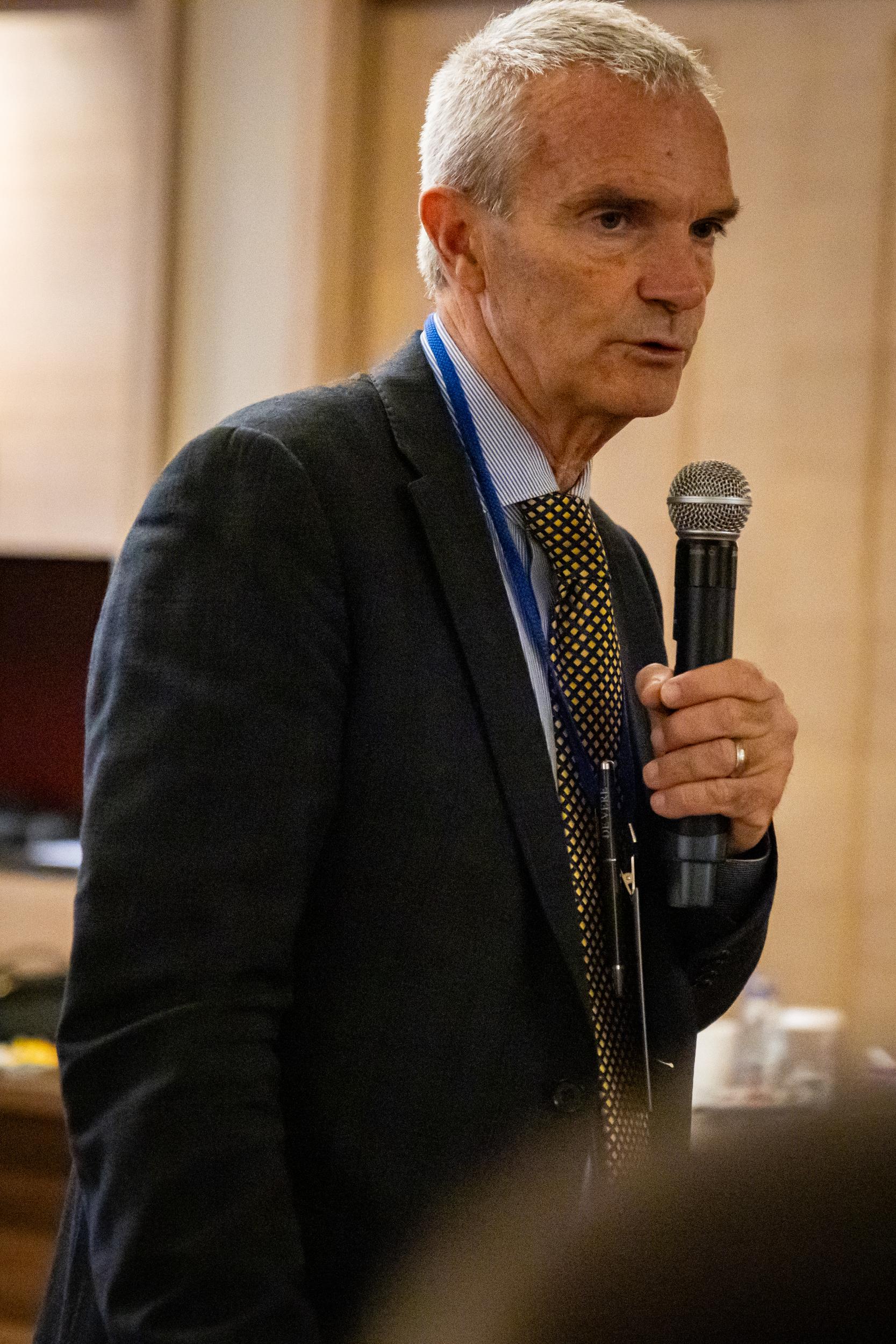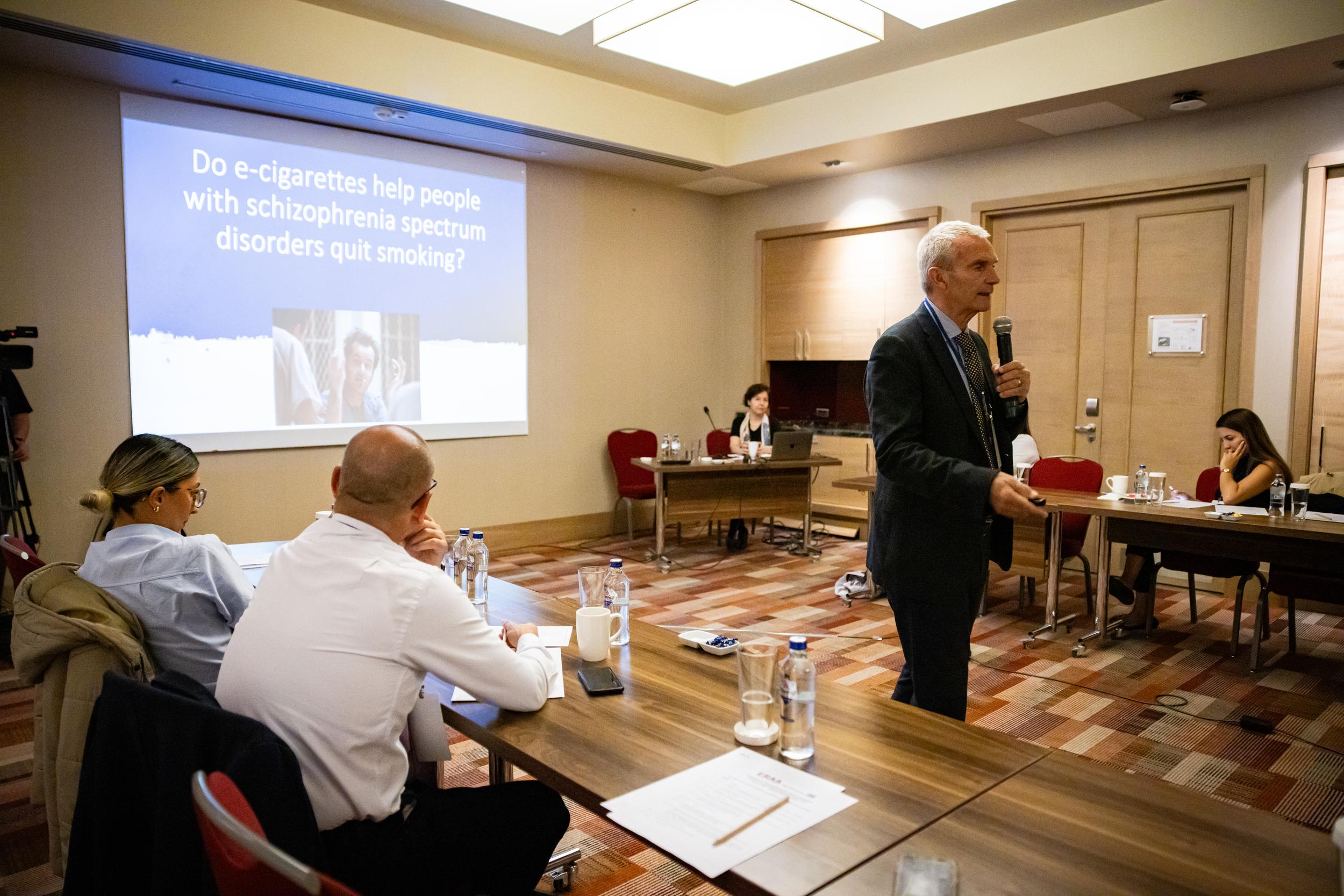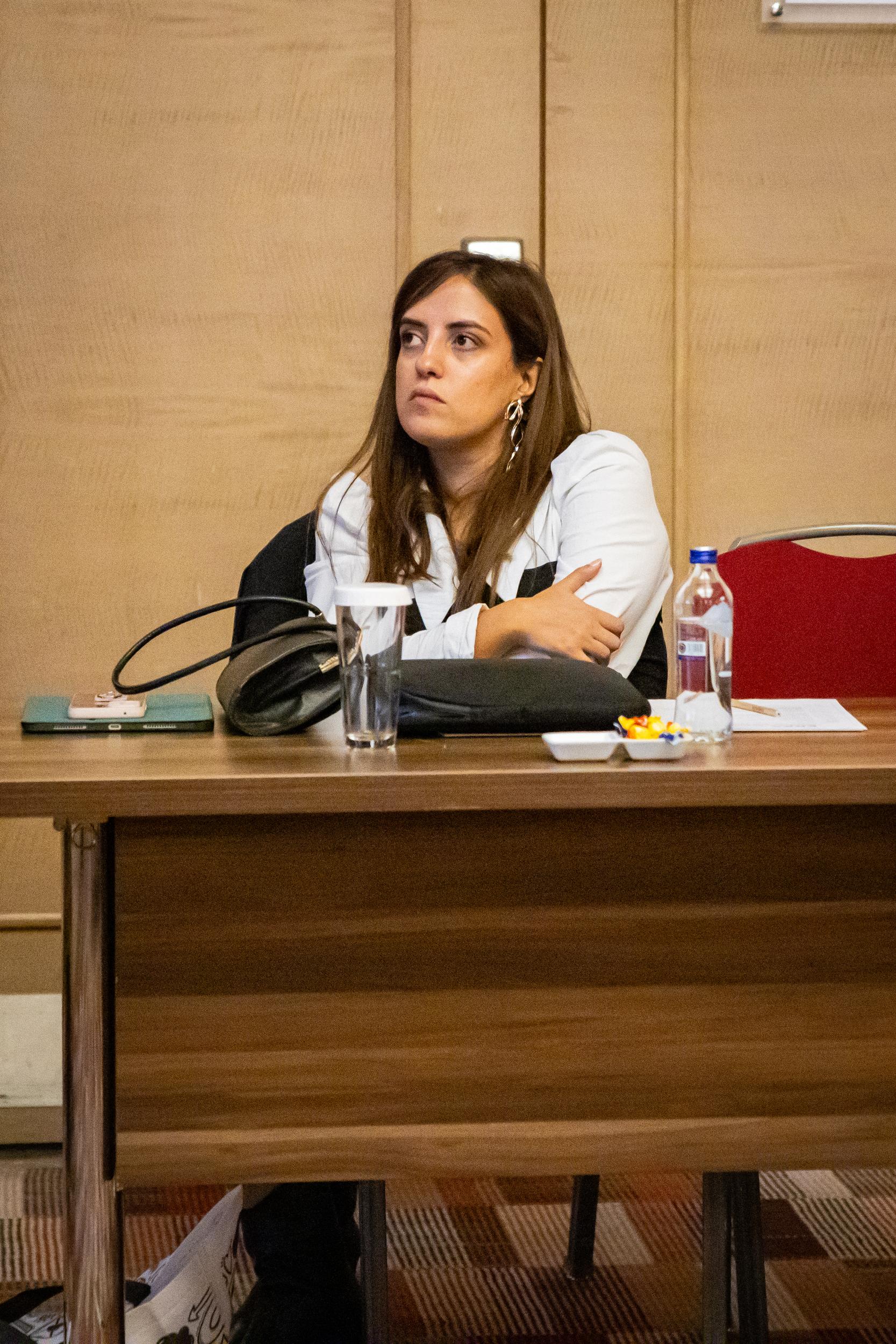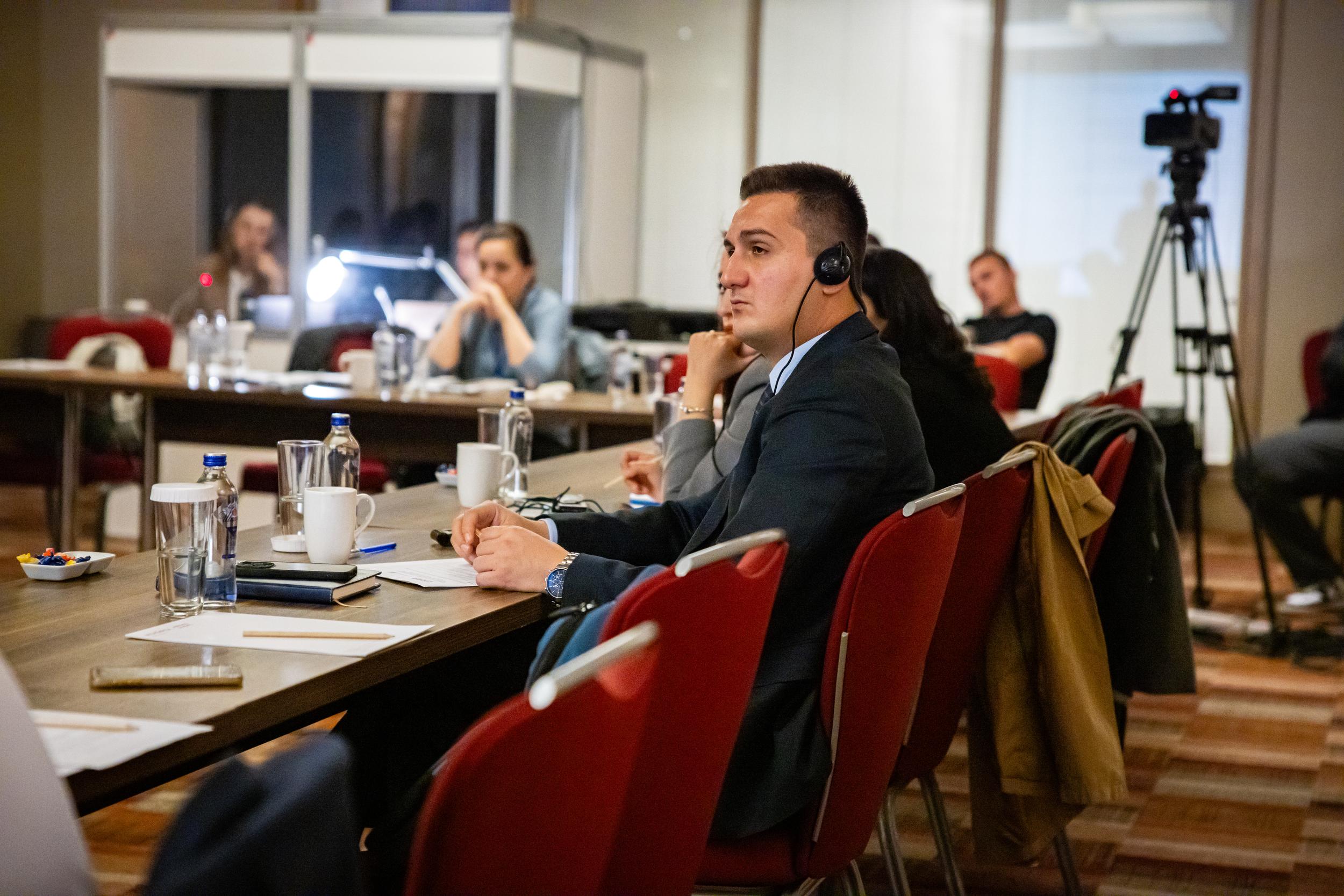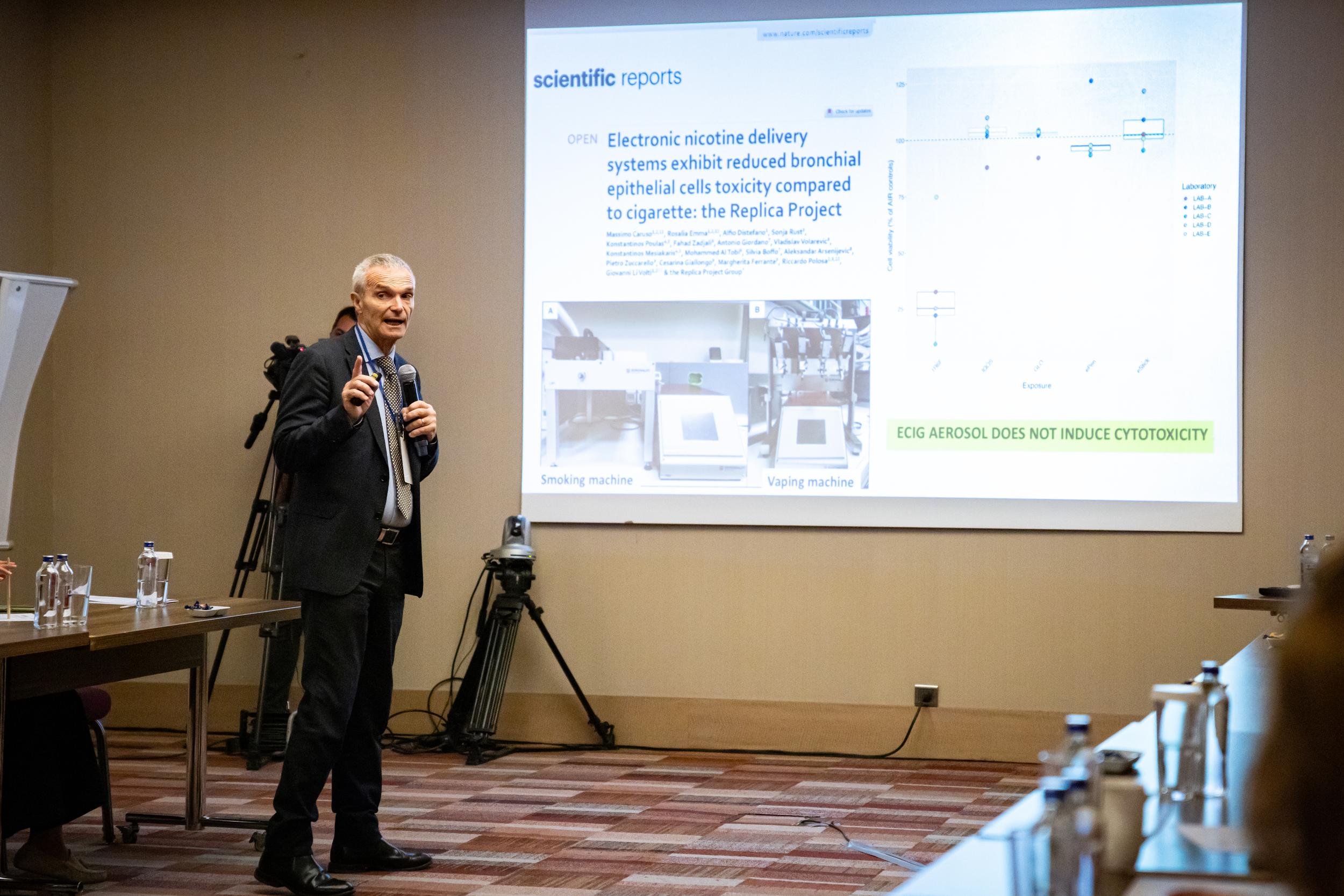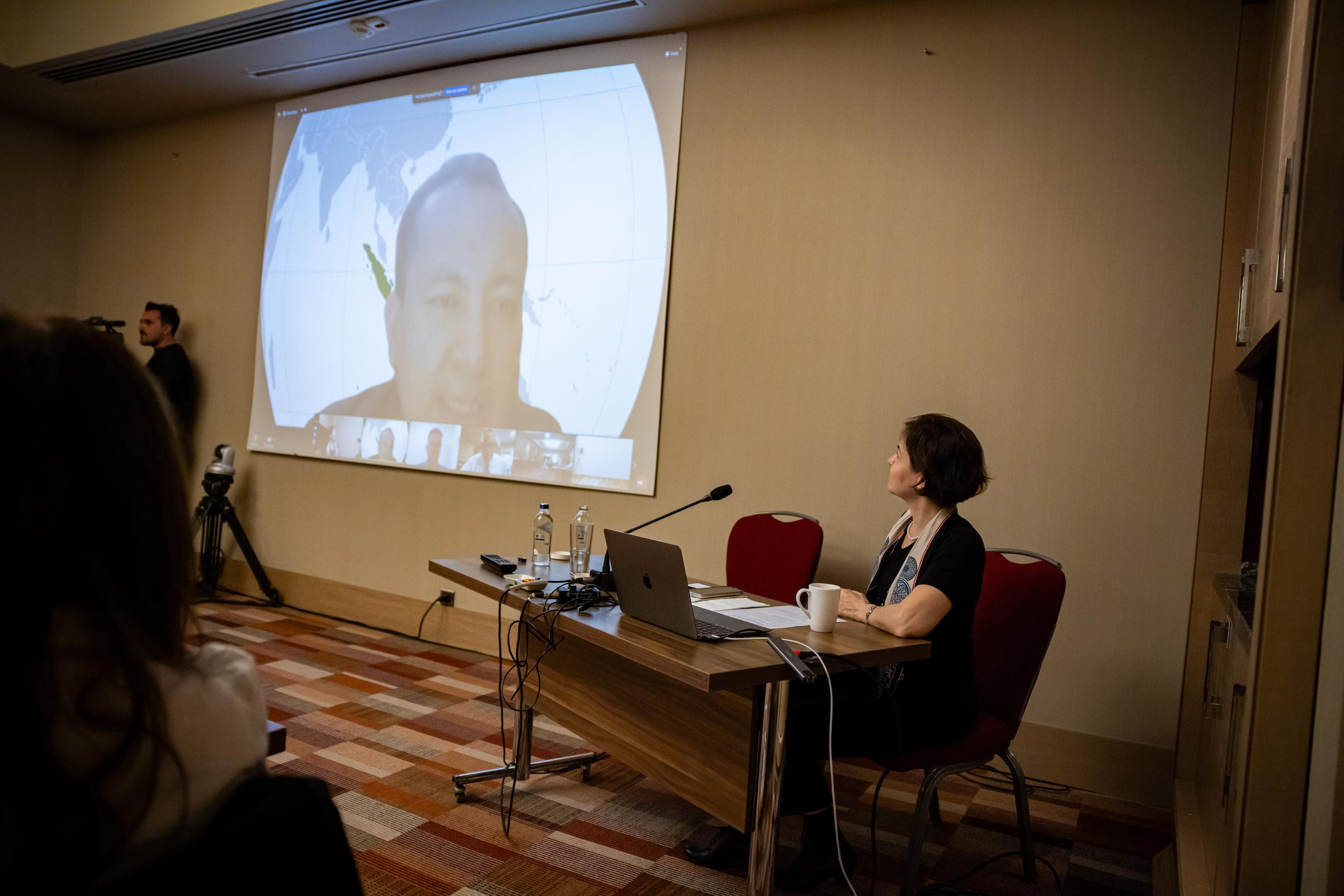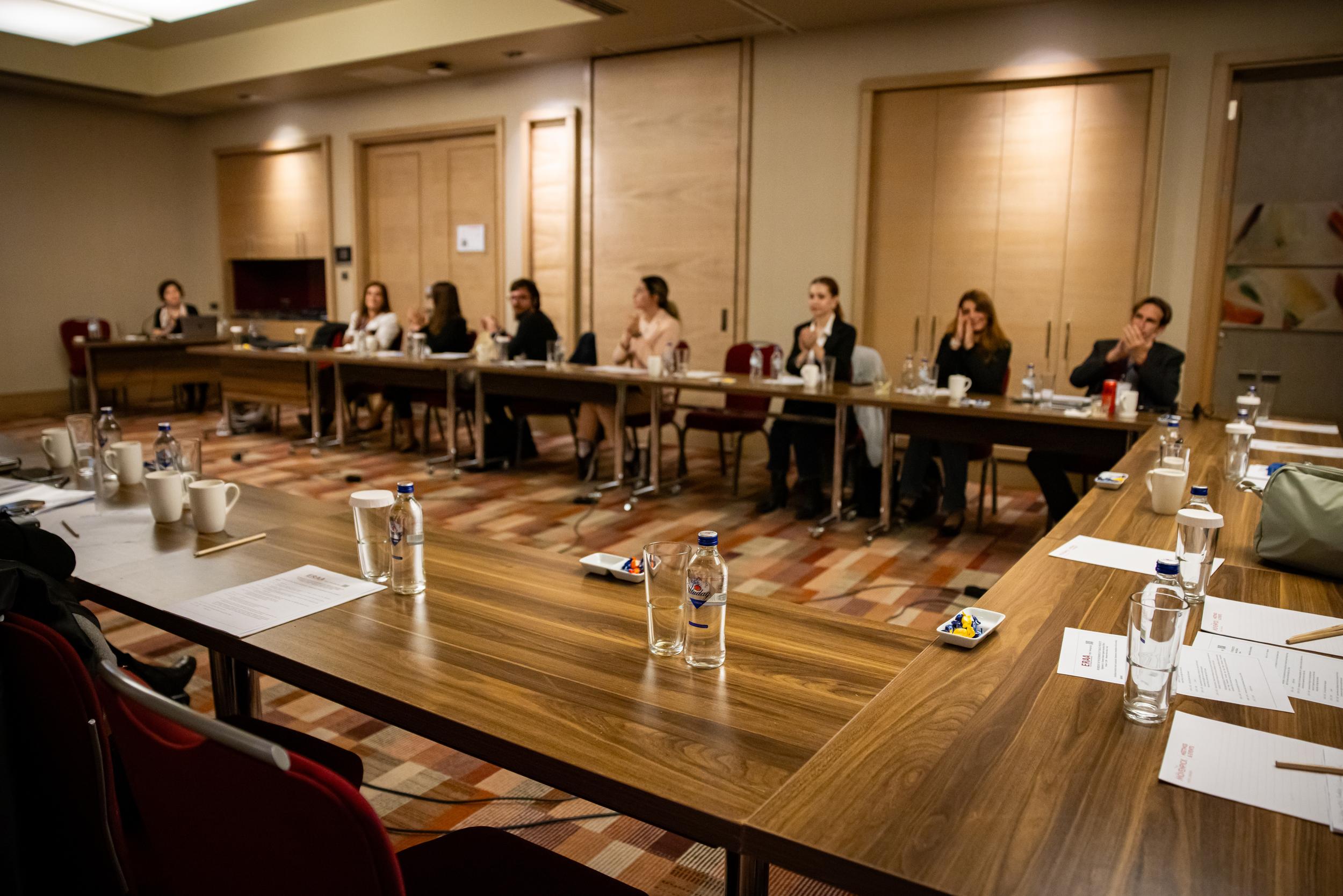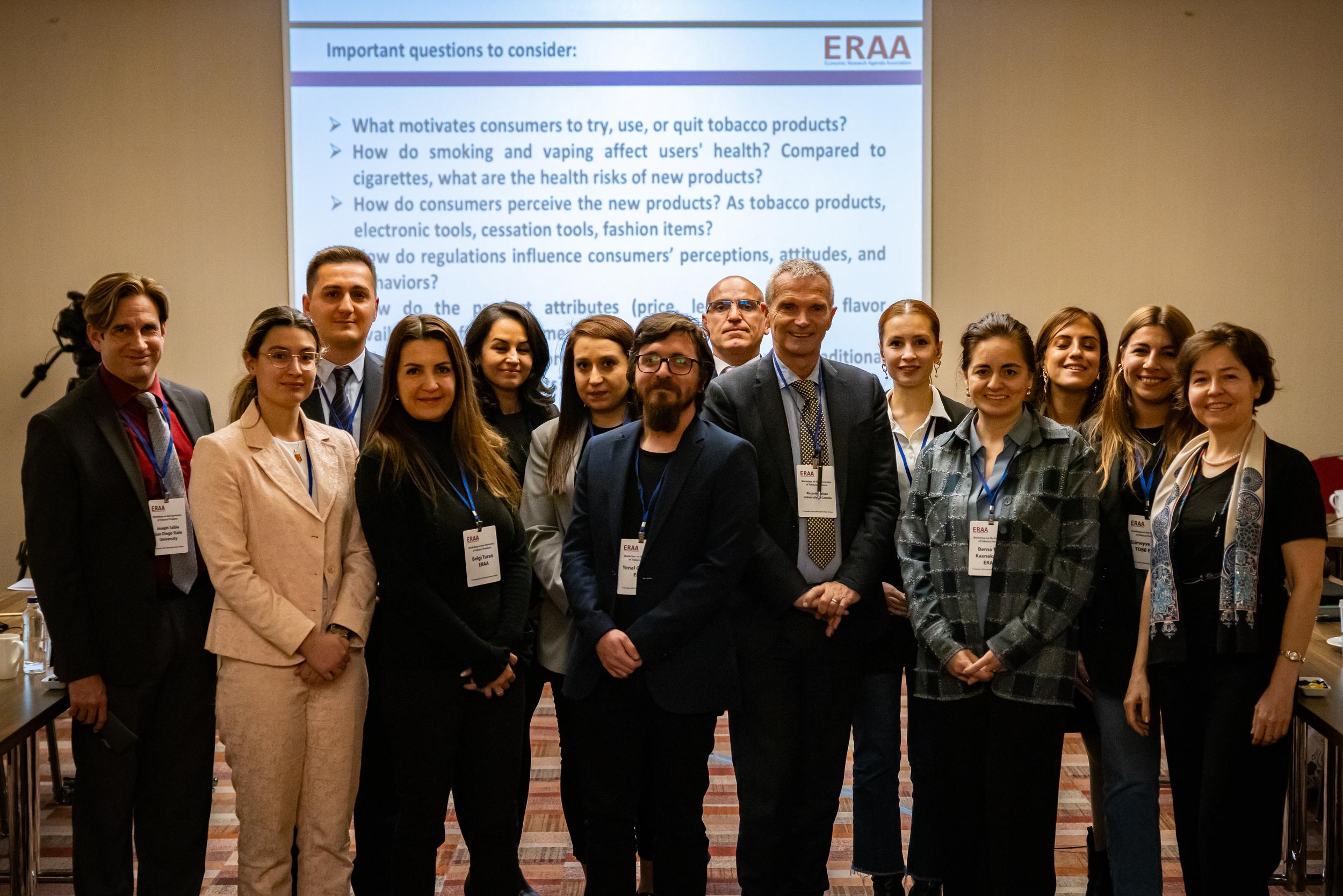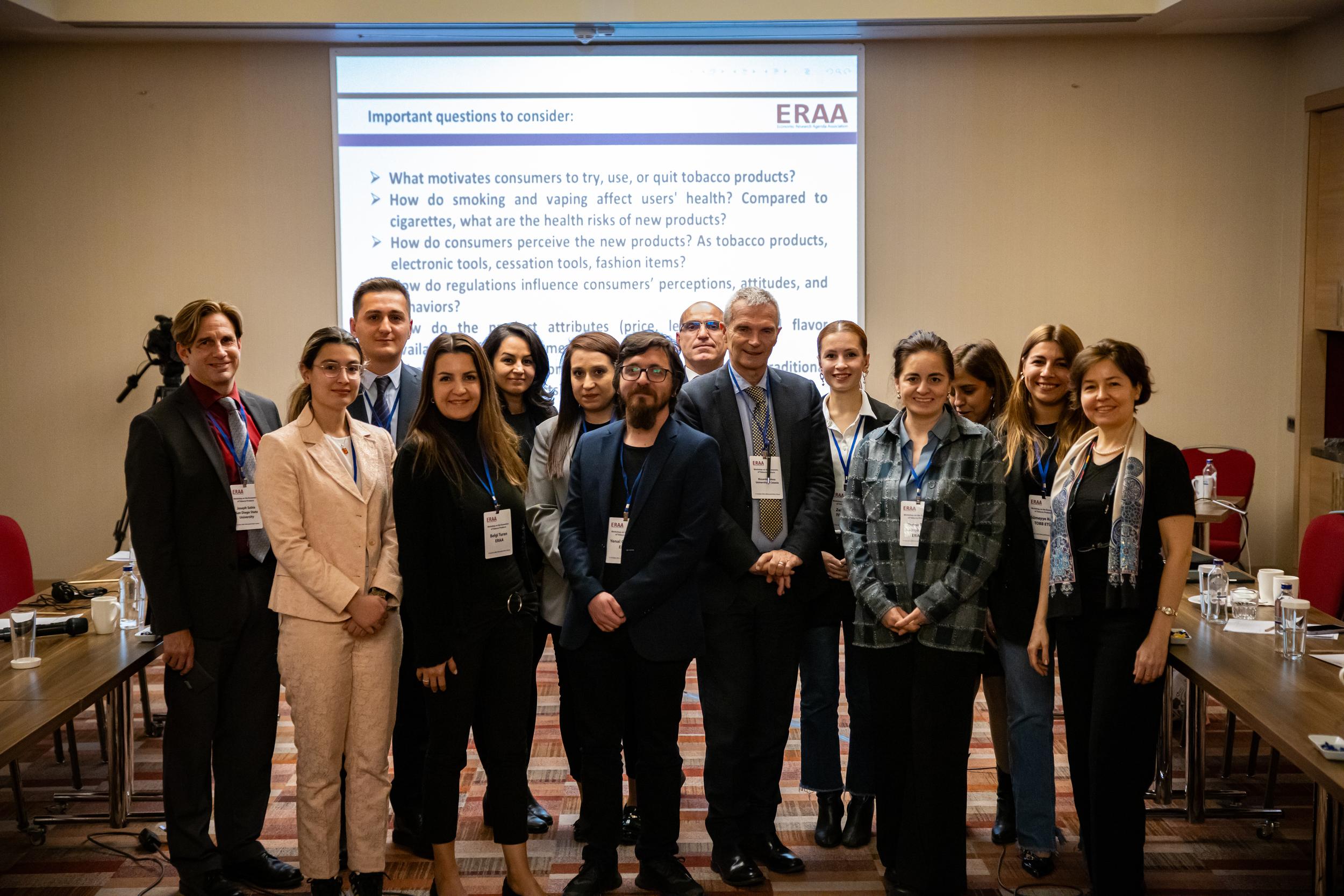Workshop on the Economics of Tobacco Products
Reflections on the Workshop on the Economics of Tobacco Products
The recent Workshop on the Economics of Tobacco Products held on October 17th, 2024 at the Mövenpick Hotel featured presentations that delved into economic theories, consumer behavior, and policy impacts in the context of economics of tobacco products. Around 25 participants attended the workshop, representing a diverse group that included individuals from public institutions, academics and students.
Opening Remarks and Introduction
Dr. Asena Caner opened the workshop with her presentation, titled “Economics of Tobacco Harm Reduction and the Regulatory Environment in Türkiye”. Her session provided a comprehensive overview, addressing smoking trends in Türkiye, the prevalence of smoking and vaping, and the associated regulatory environment. These insights set the stage for understanding Türkiye’s unique landscape in tobacco regulation and the ongoing health and economic challenges.
Understanding Consumer Behavior
Dr. Berna Tarı Kasnakoğlu presented an insightful session titled “Understanding the Smoker as a Consumer”, where she analyzed smoker behavior through various theoretical lenses, including utility theories, psychological theories, cultural and social theories, cognitive theories, and behavioral economics. Economic understanding of consumer behavior also provides insight into factors such as smoking frequency, brand preferences, willingness to pay, and other decision-making considerations.
Evaluating Choices Among Tobacco Products
Dr. Belgi Turan’s presentation title was “A Survey Experiment on How the Legal Status of Nicotine Products Influences Young Adults’ Perceptions and Choices”. This study examines how the legal status of nicotine products affects young adults’ perceptions of health risks, social acceptability, and usage intentions, highlighting the impact of regulation on consumer behavior in Türkiye.
Dr. Yenal Can Yiğit presented findings from a recent study titled “The Choice Between Cigarettes, RYO, E-Cigarettes, and Quitting: Evidence from Discrete Choice Experiment”. His presentation began with descriptive statistics from the study, providing an overview of participant demographics and preferences. He then introduced the Discrete Choice Experiment (DCE) model, examines the factors that influence consumer behavior and decision-making regarding combustible cigarettes, non-combustible nicotine products and explores how key product attributes—such as price, legal status, and flavor availability—affect consumer choices.
Current Trends in the United States
Dr. Joseph Sabia concluded the session by discussing current trends in the United States regarding tobacco use and regulation in his presentations titled “The Effect of E-Cigarette Flavor Bans on Tobacco Use” and “Do E-Cigarette Retail Licensure Laws Reduce Youth Tobacco Use?”. He provided a detailed analysis of shifting patterns in tobacco consumption, highlighting emerging trends and their implications for public health policy. ENDS flavor restrictions are linked to a severe rate of reduction in youth vaping intensity, do not significantly affect smoking among younger teens, but increase smoking rates in young adults, illustrating the complex balance of benefits and unintended consequences in e-cigarette policies. After mentioning this restrictions’ inefectiveness, he presented additionally how the adoption of Enhanced Licensing Laws (ELLs) affects youth tobacco use.
Challenging Perspectives in Tobacco Research
Dr. Riccardo Polosa, a medical doctor, followed with a compelling session titled “Tobacco Harm Reduction: Key Strategic Themes”. In his presentation, he critically addressed the World Health Organization’s stance on tobacco harm reduction. He emphasized the need to support safer alternatives in tobacco consumption, presenting evidence that contrasts with prevailing health narratives. His insights encouraged a reevaluation of current approaches to tobacco regulation and harm reduction strategies.
Panel Discussion Session
Some participants attended workshop remotely via Zoom contributing to the panel discusson. In other words, there was a hybrid session in the afternoon at the workshop. This year’s workshop was enhanced by insightful presentations from distinguished international contributors via Zoom. Dr. Donald Kenkel discussed how cost-benefit analysis (CBA) can inform nicotine regulatory policies aimed at addressing market failures. Dr. James Prieger highlighted the opportunities and challenges presented by reduced-harm products. Dr. Alan Mathios examined global perceptions of e-cigarette risks relative to cigarettes, showing that accurate government information can help correct misconceptions. Finally, Dr. Agus Hidayat explored the behaviors and decision-making processes of Indonesian consumers regarding cigarettes, e-cigarettes, and smoking cessation.Each brought unique perspectives to the discussions, drawing from their extensive research in tobacco control, health economics, and regulatory policies. Their insights highlighted the value of international collaboration in addressing the multi-faceted challenges of tobacco regulation and public health especially on the harm reduction concept.
Engaging Questitons and Collaborative Discussions
Throughout the day, participants engaged in thought-provoking discussions and posed essential questions, such as, “What are the economic and social factors influencing consumer transitions to harm-reduced products like e-cigarettes?” and “How can regulatory policies be aligned with economic incentives to foster better health outcomes?” These questions enriched the workshop, encouraging a multi-disciplinary approach to the economics of tobacco products.
Post-Event Reflections
The day concluded with a dinner gathering, providing an informal yet productive setting for participants to exchange ideas and reflect on the outcomes of the workshop. This post-event dinner was a valuable opportunity for fostering connections, further exploring the day’s discussions, and contemplating avenues for future research and fruitful collaborations.
This study was funded with a grant from the Global Action to End Smoking, Inc. (“Global Action”), a US nonprofit 501(c)(3) private foundation. Global Action had no role in the planning or execution of this survey/report/study, data analysis, or publication of results. For more information about Global Action, please visit its website.

